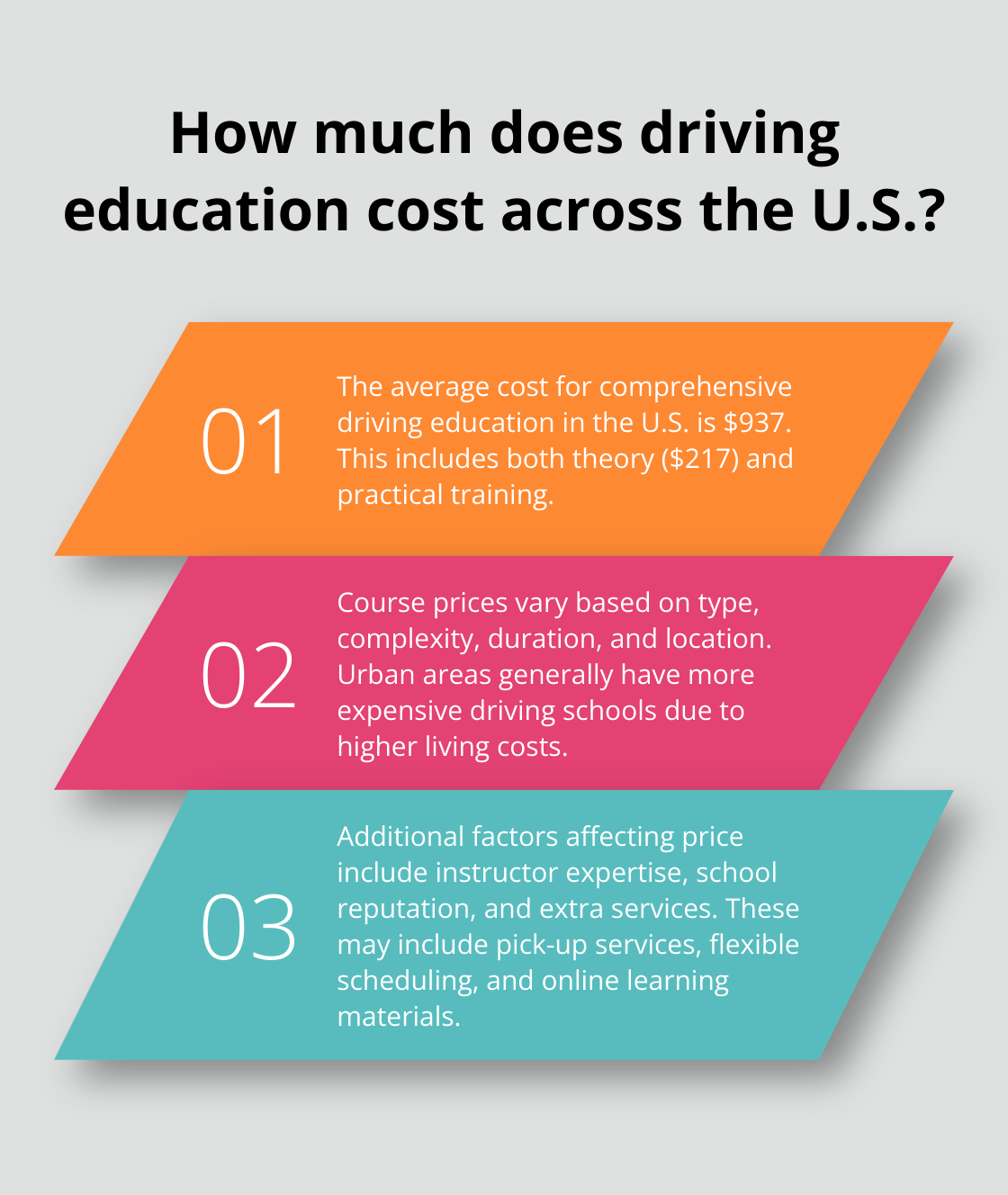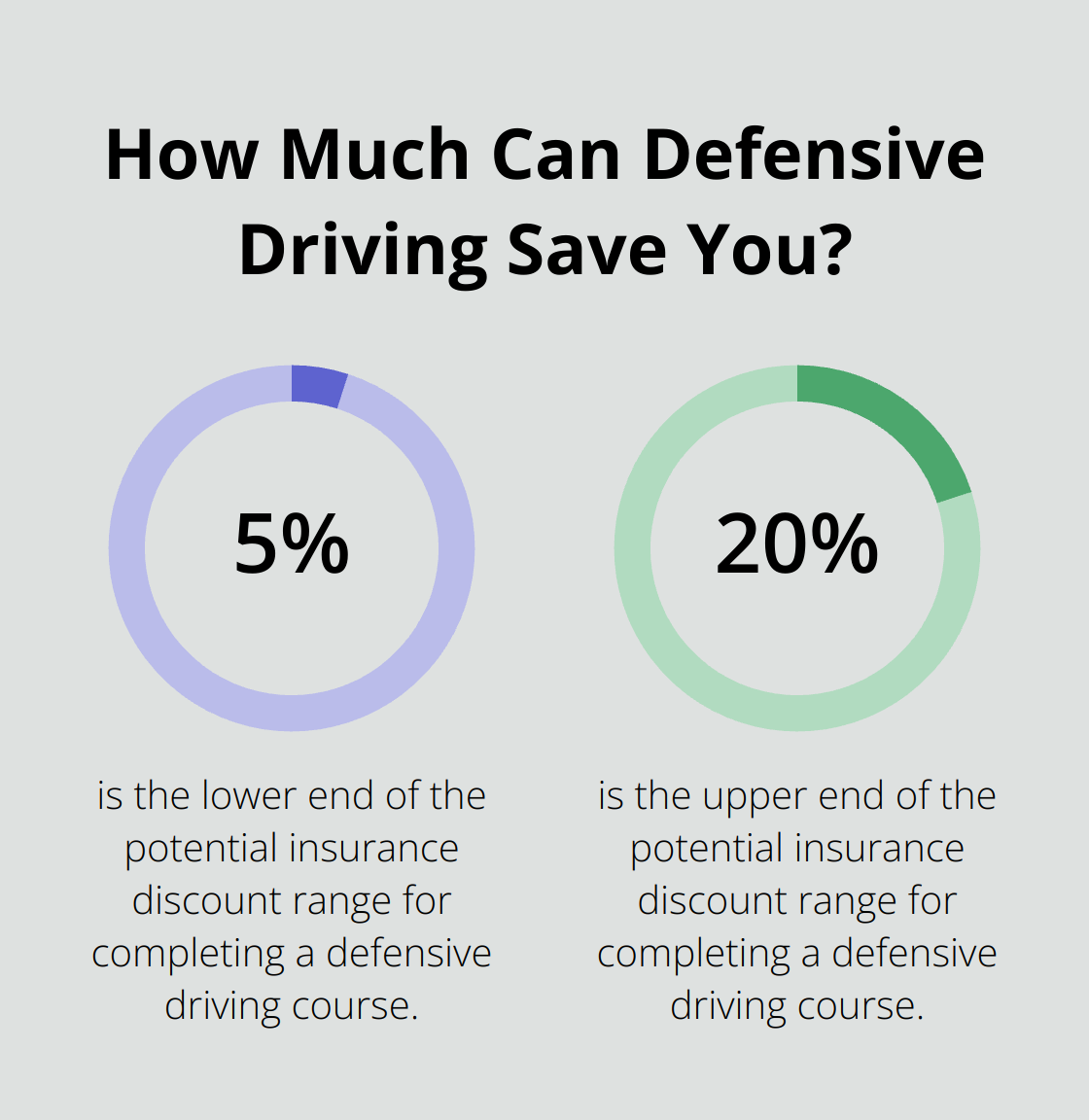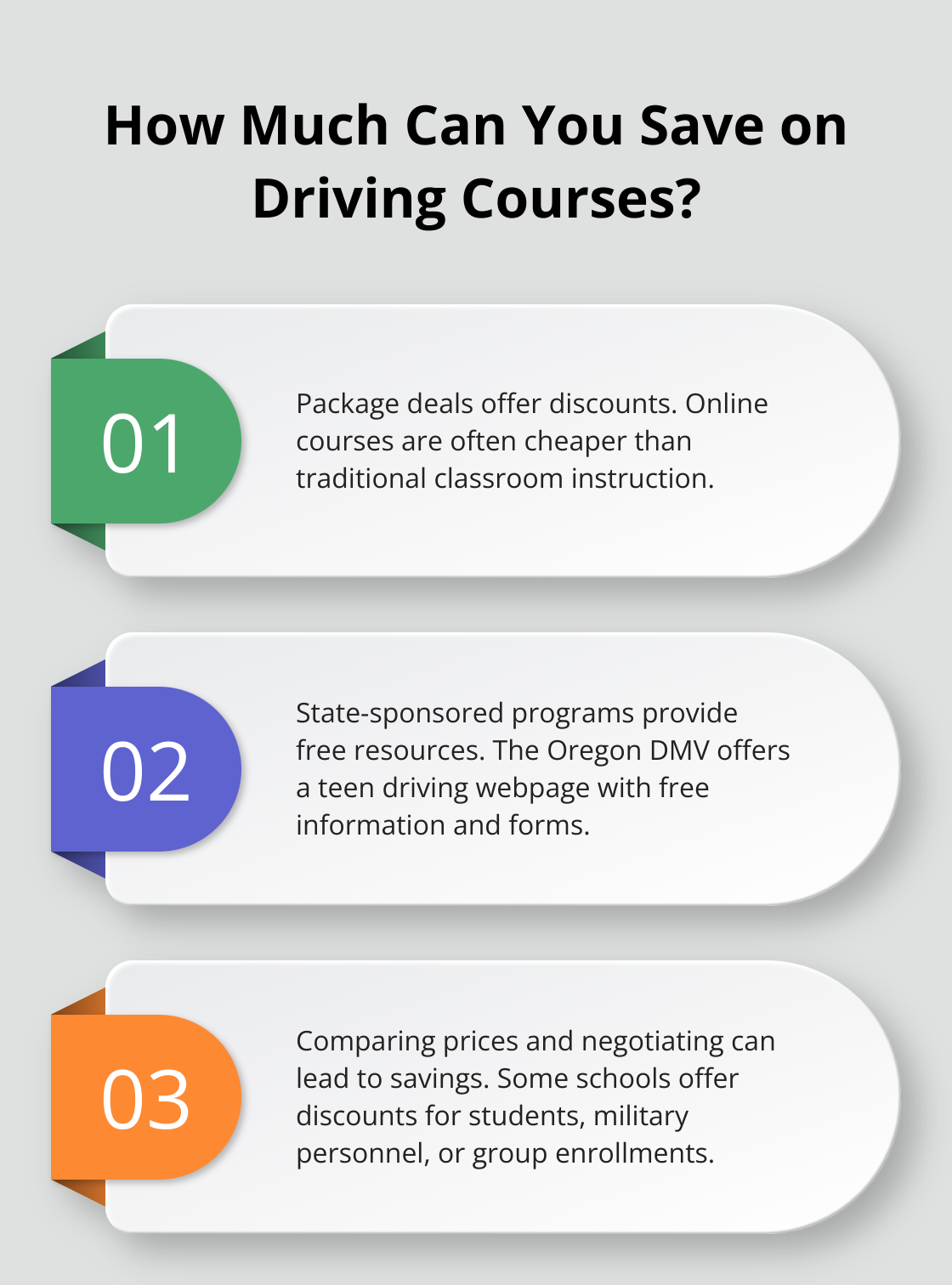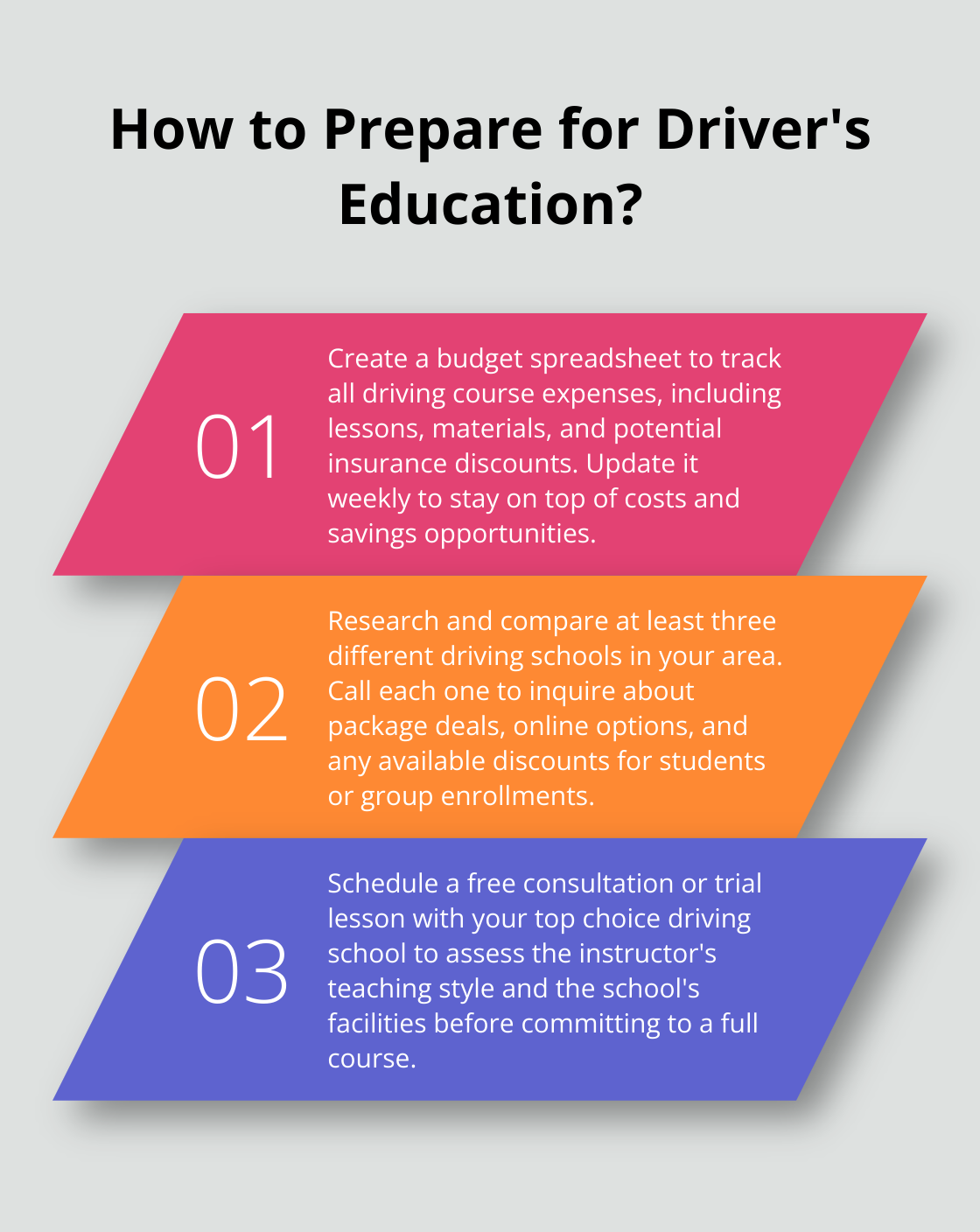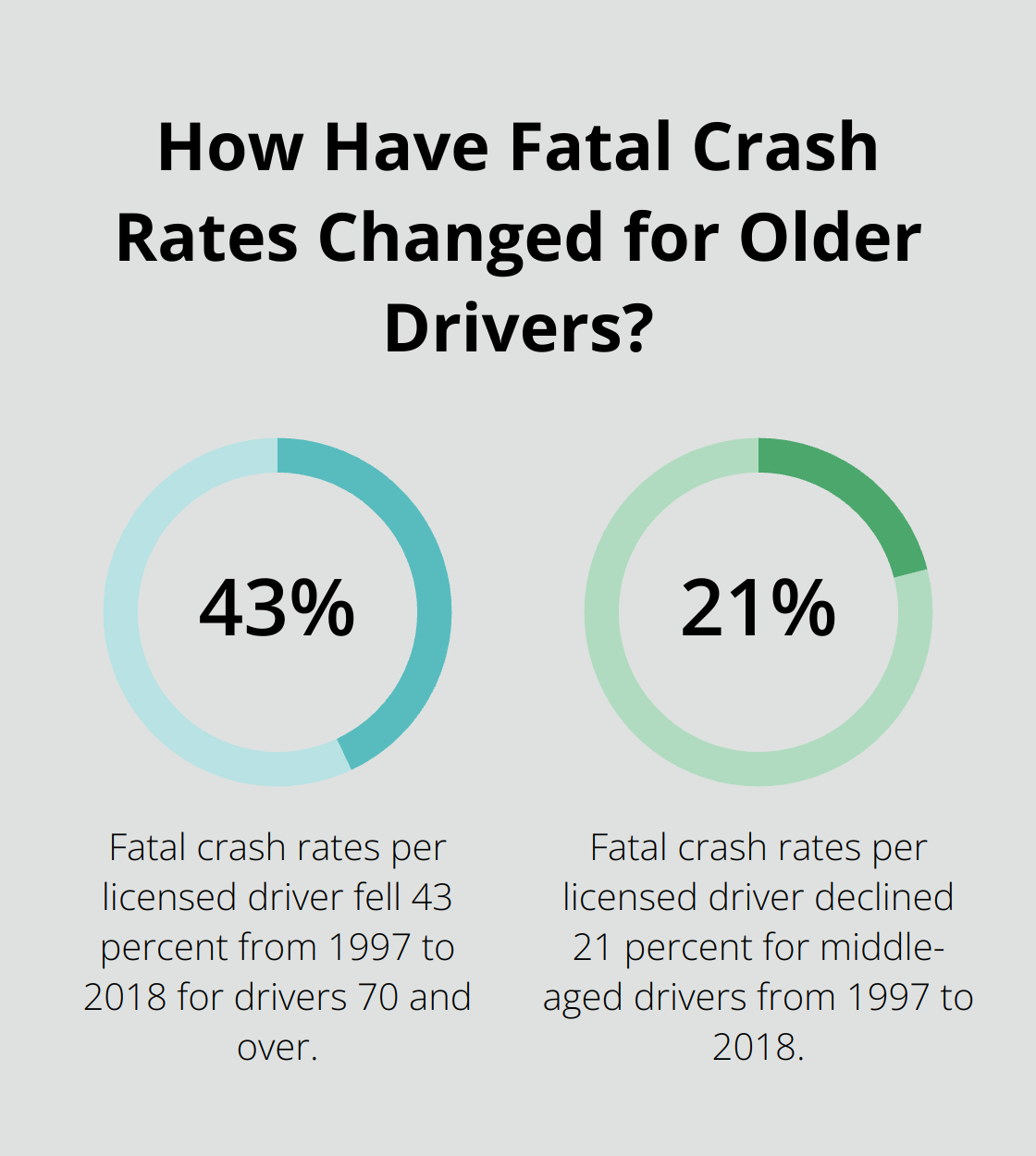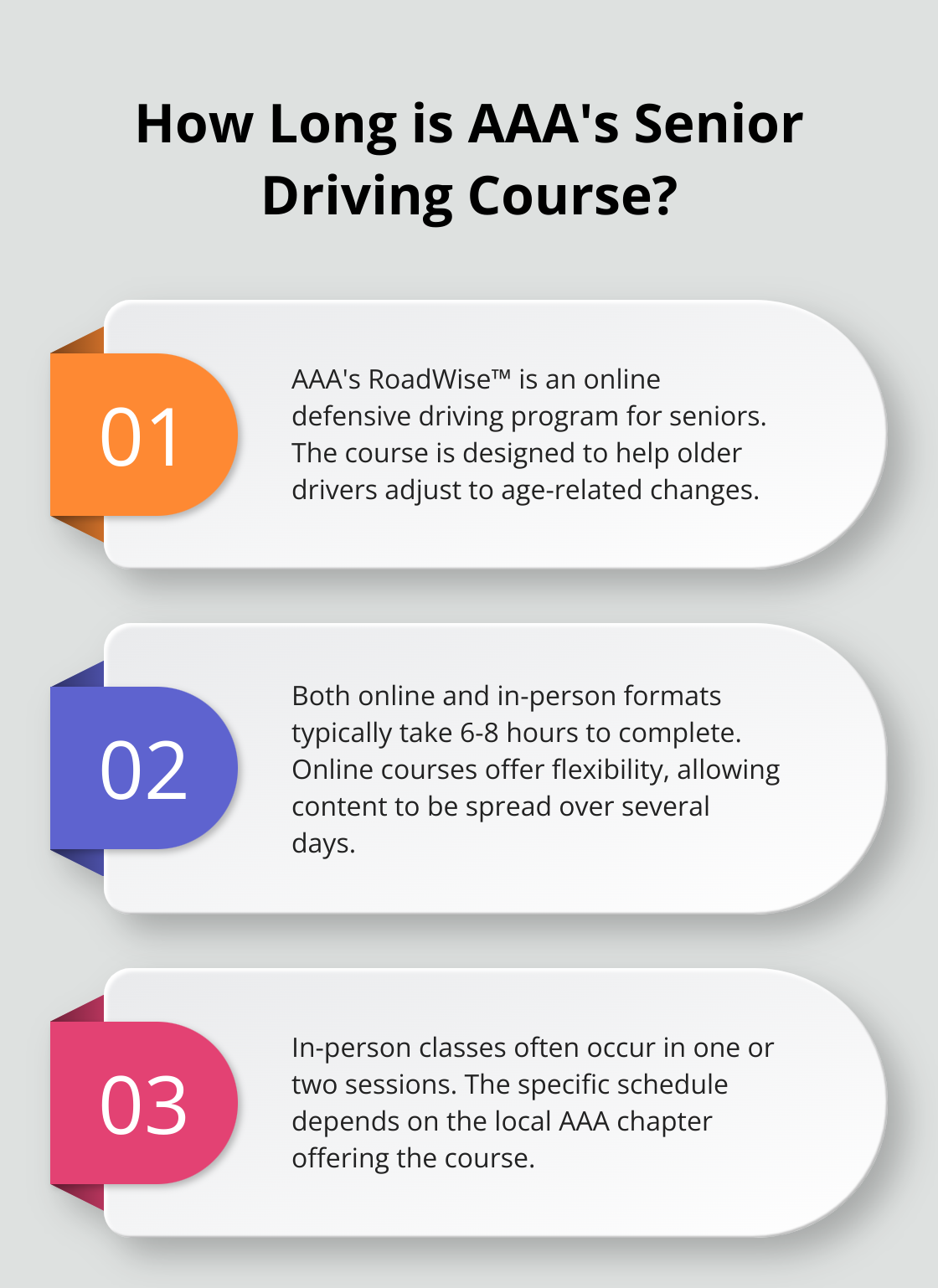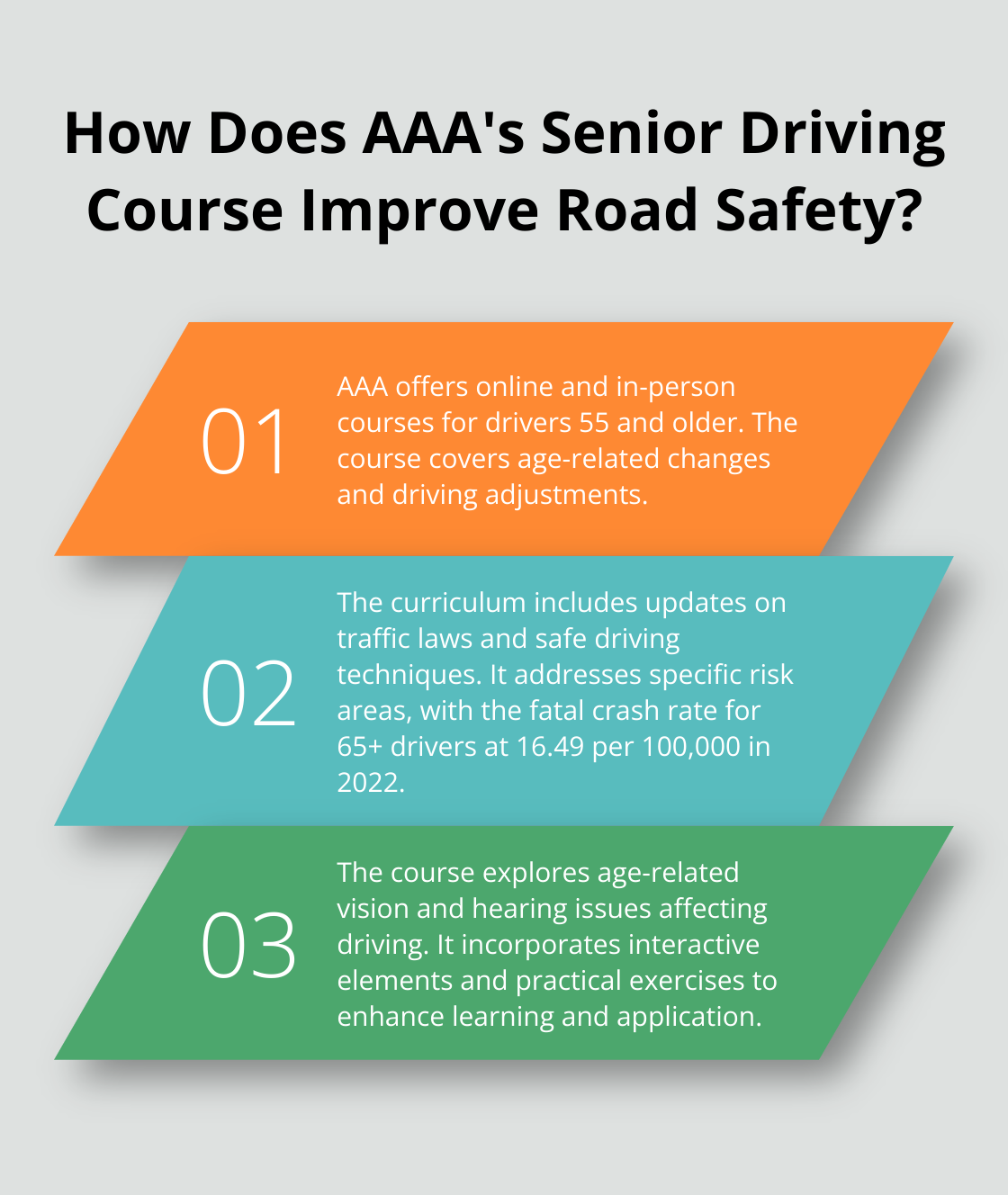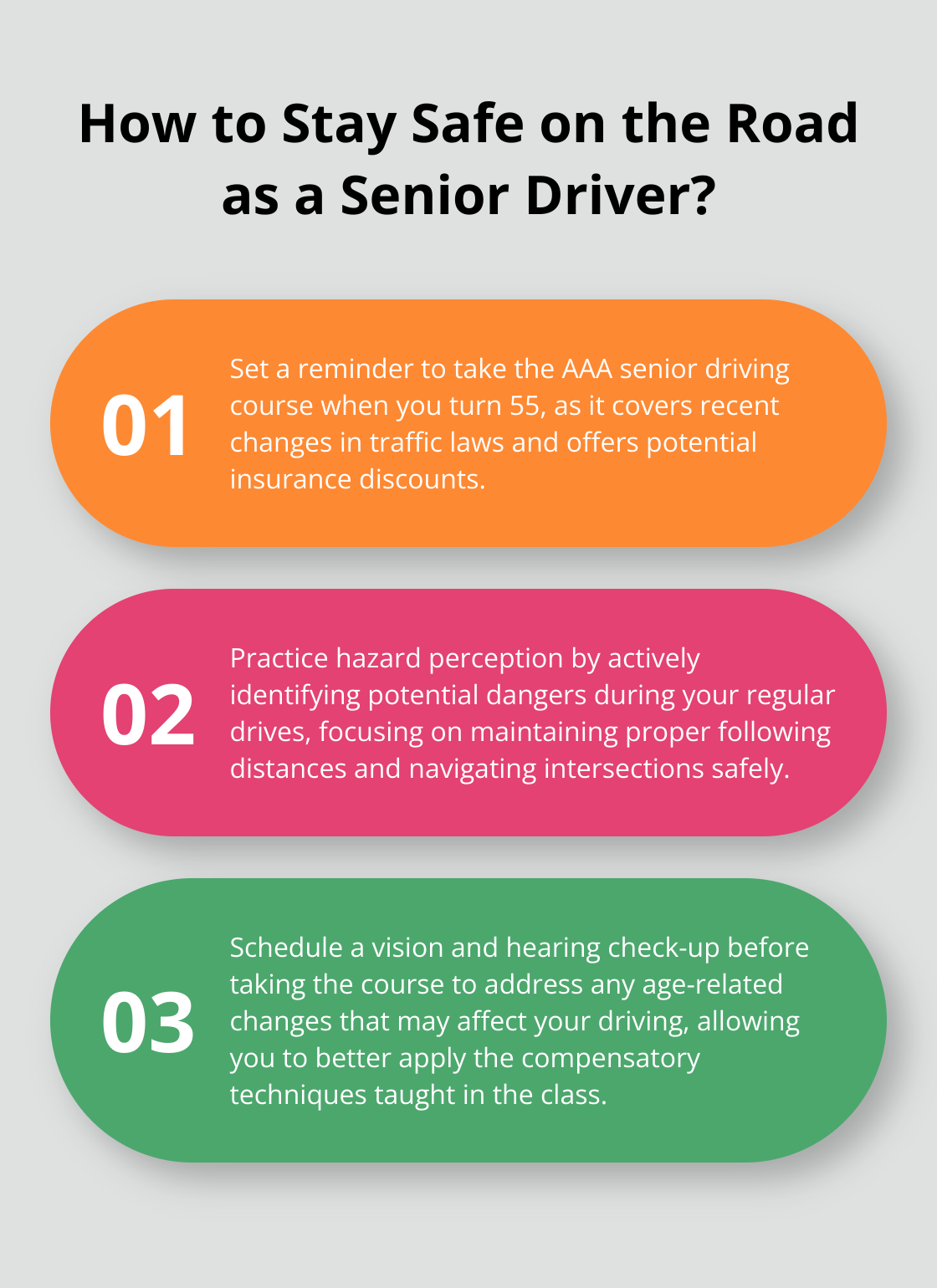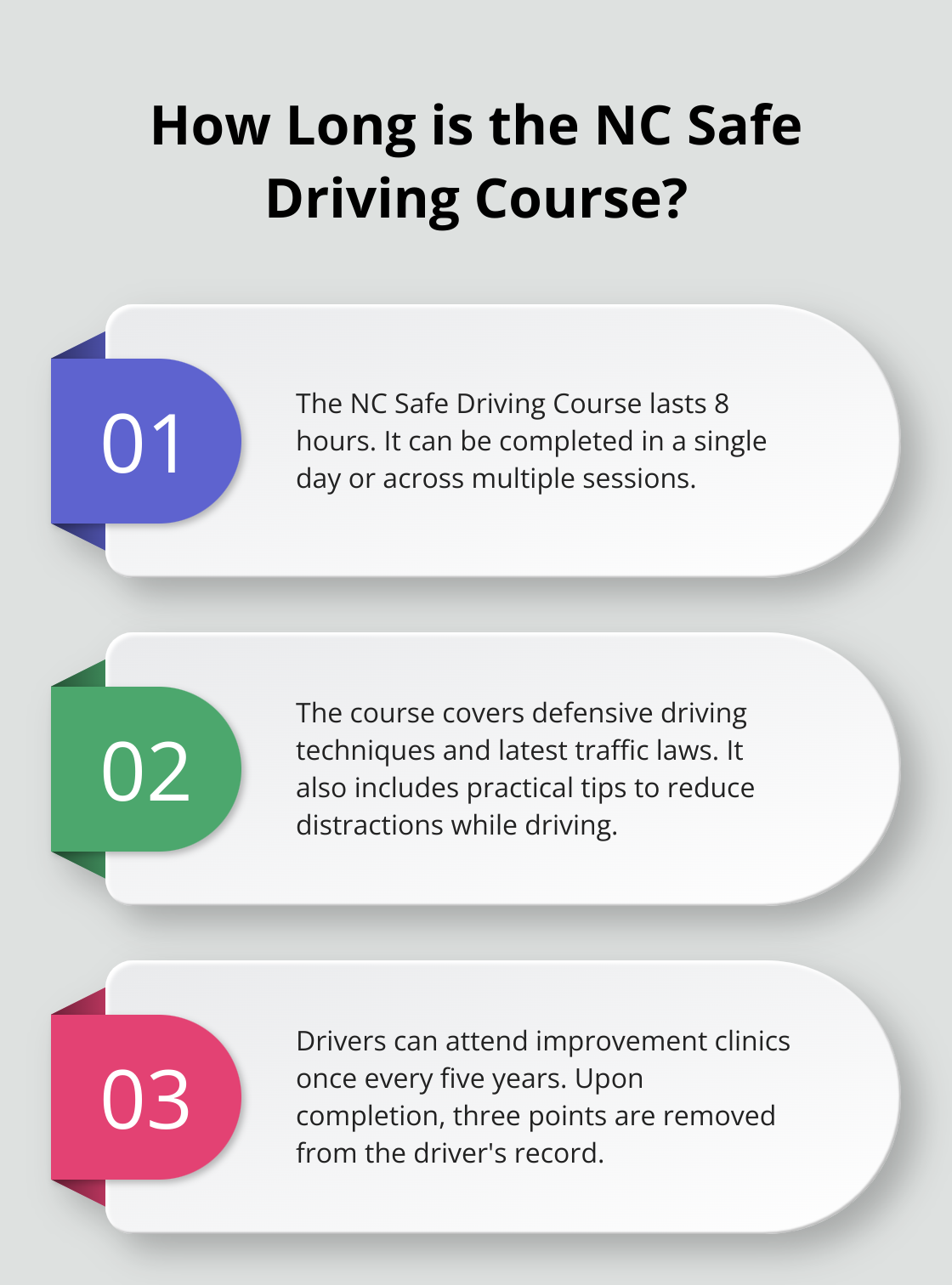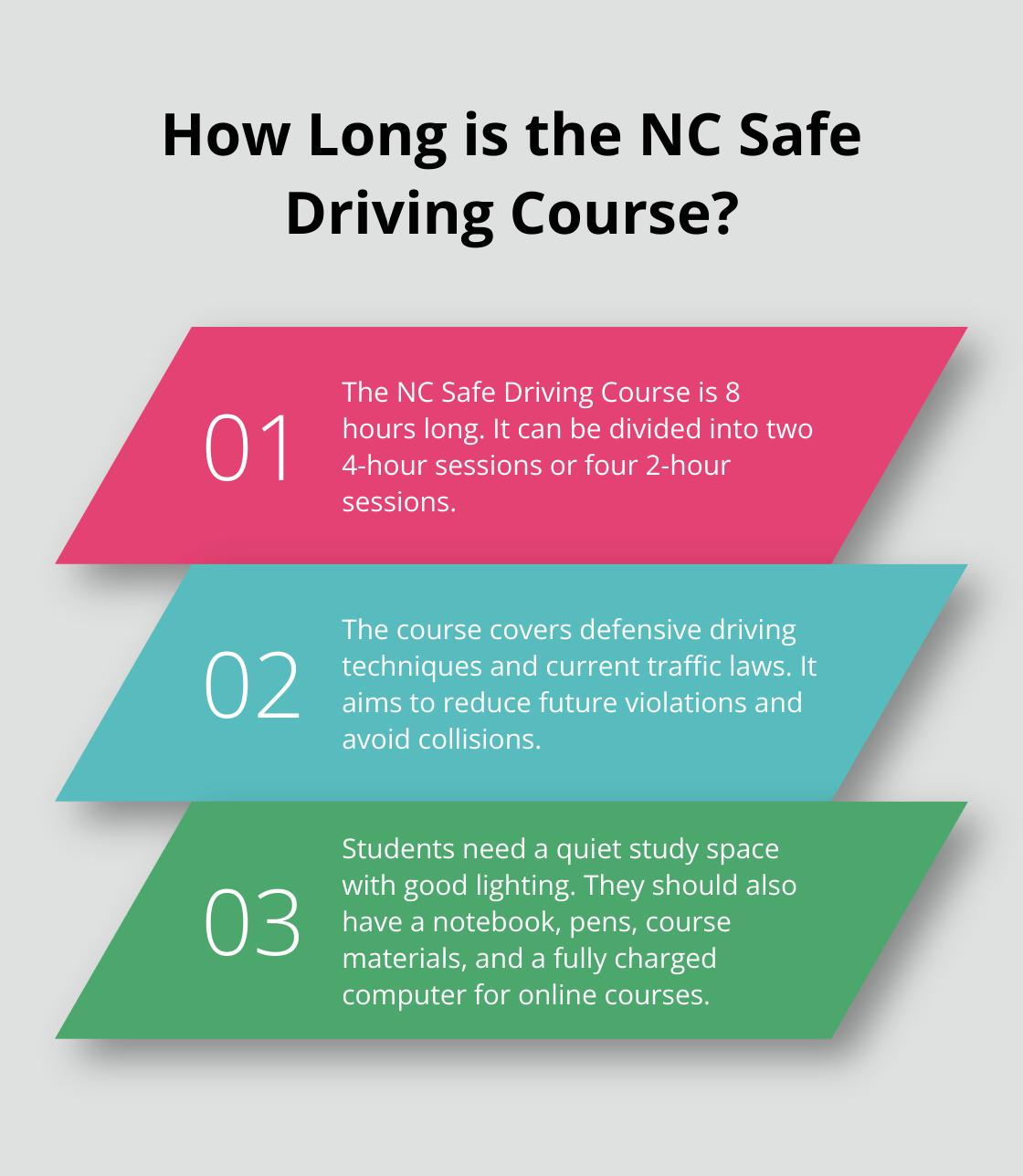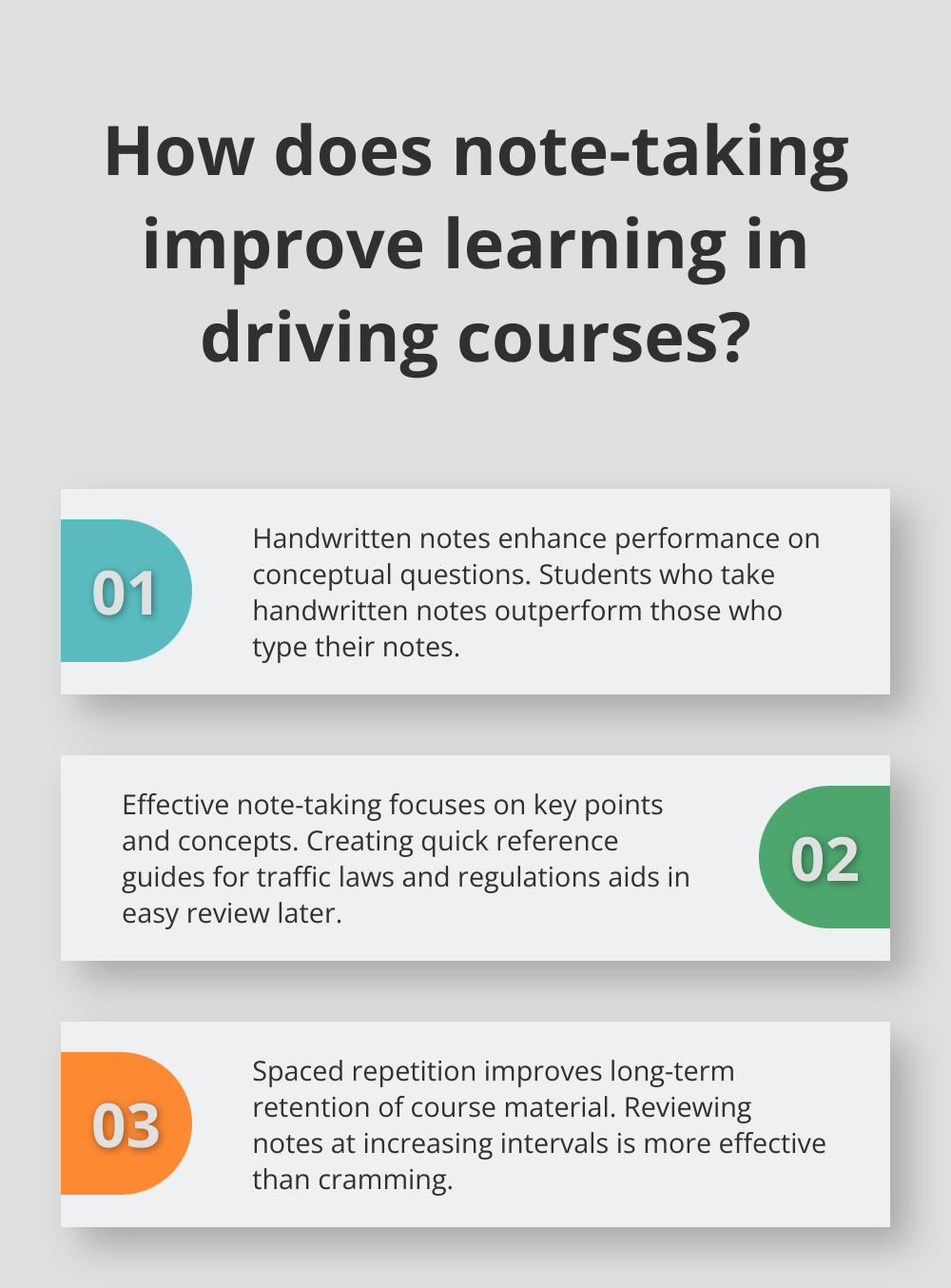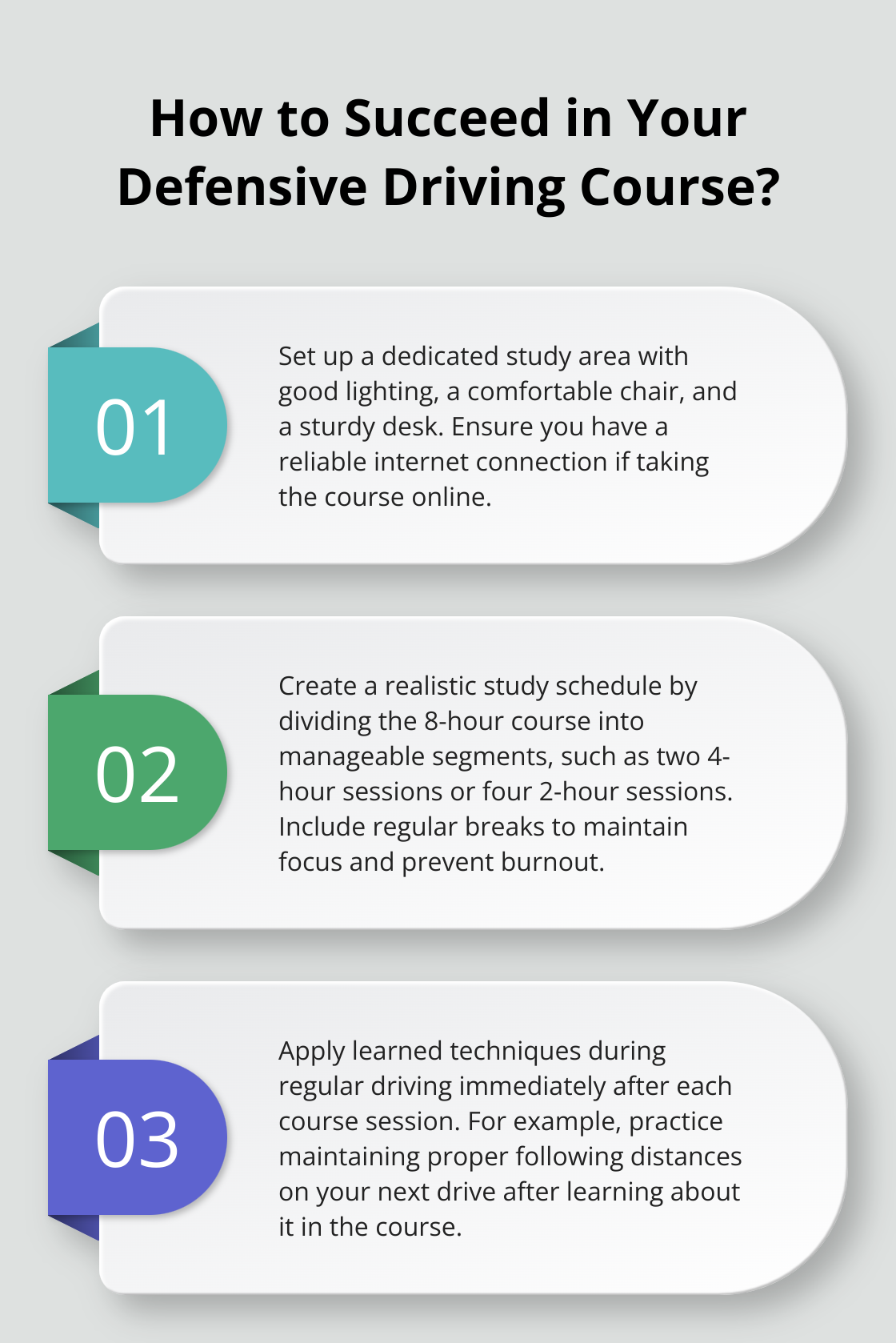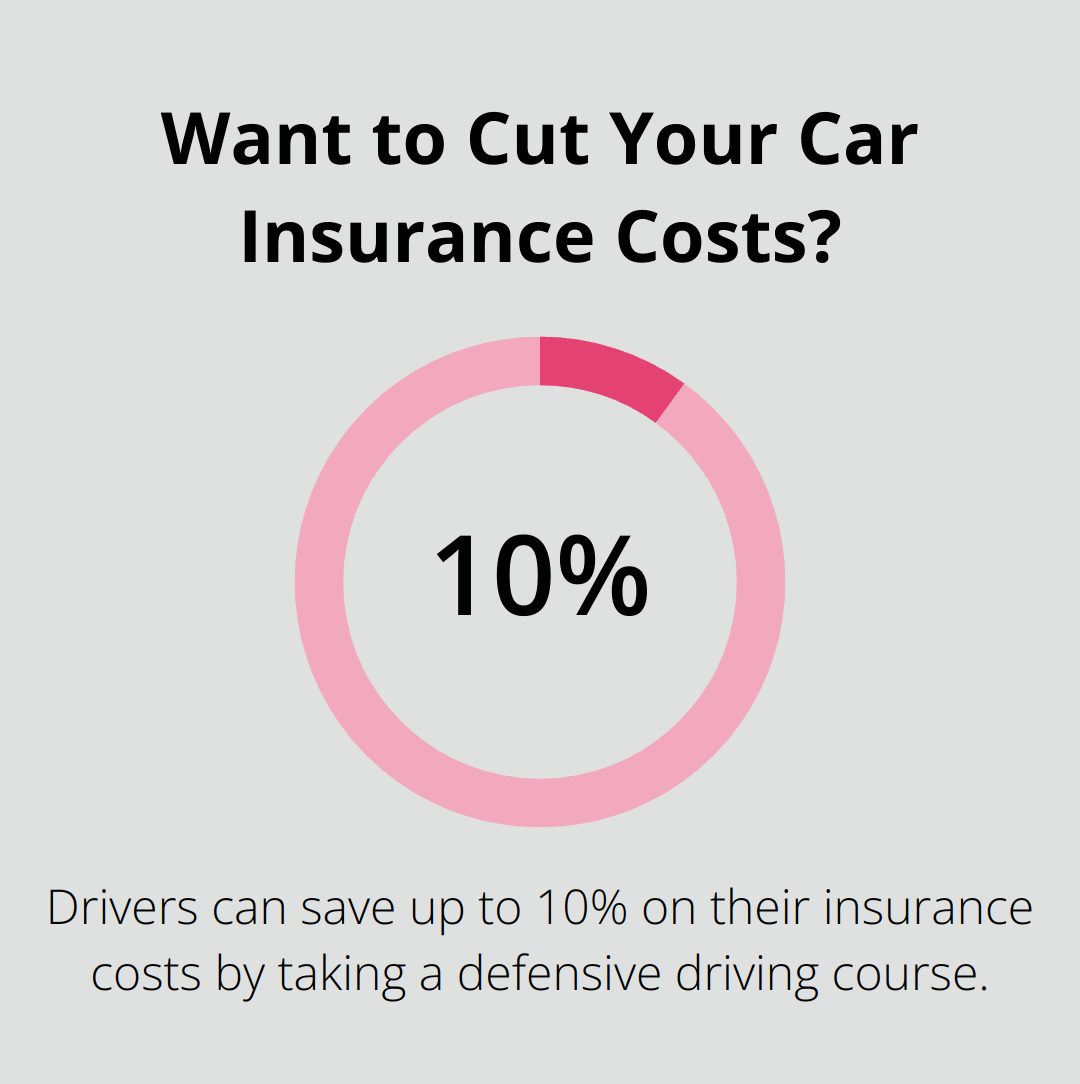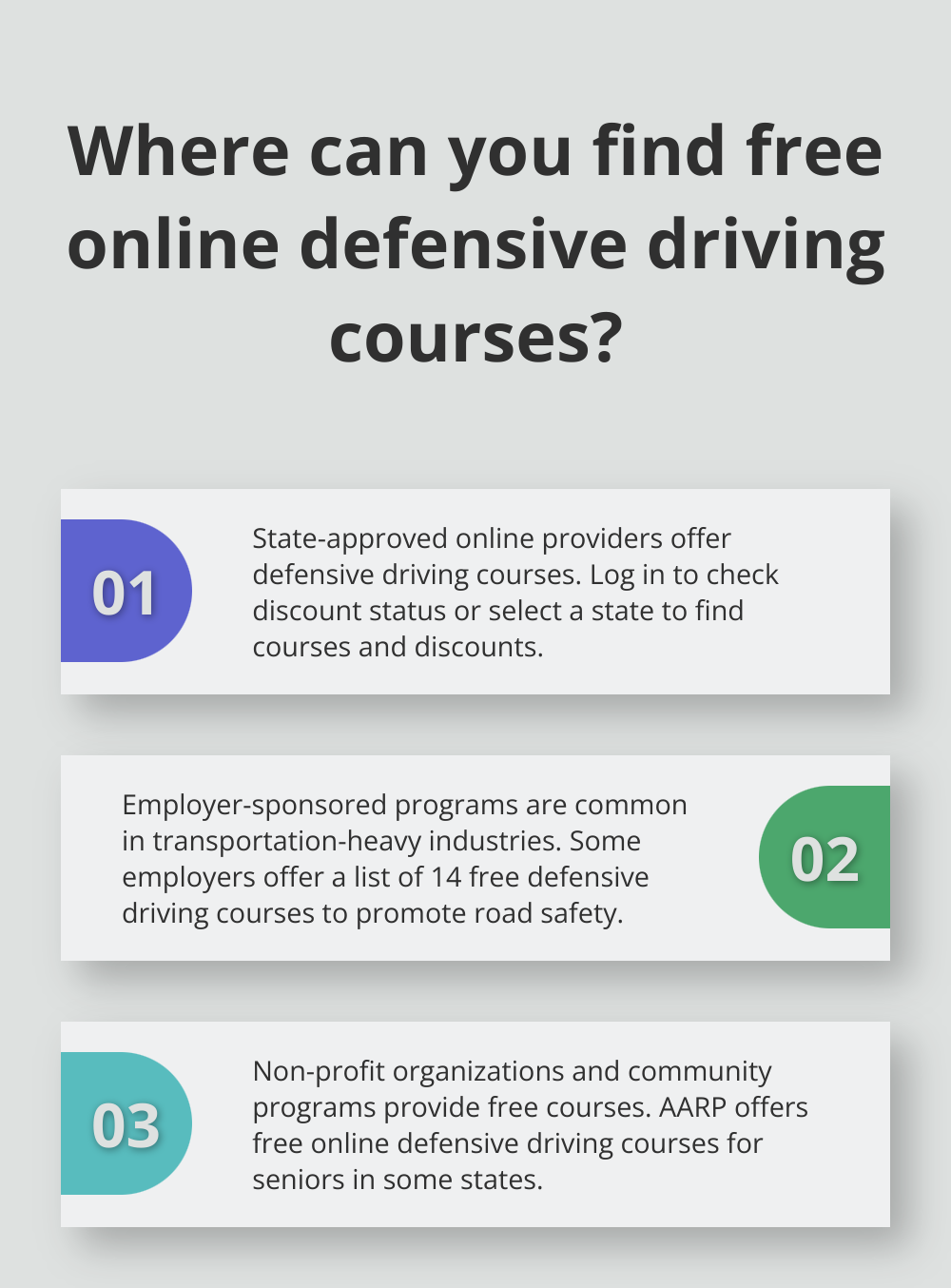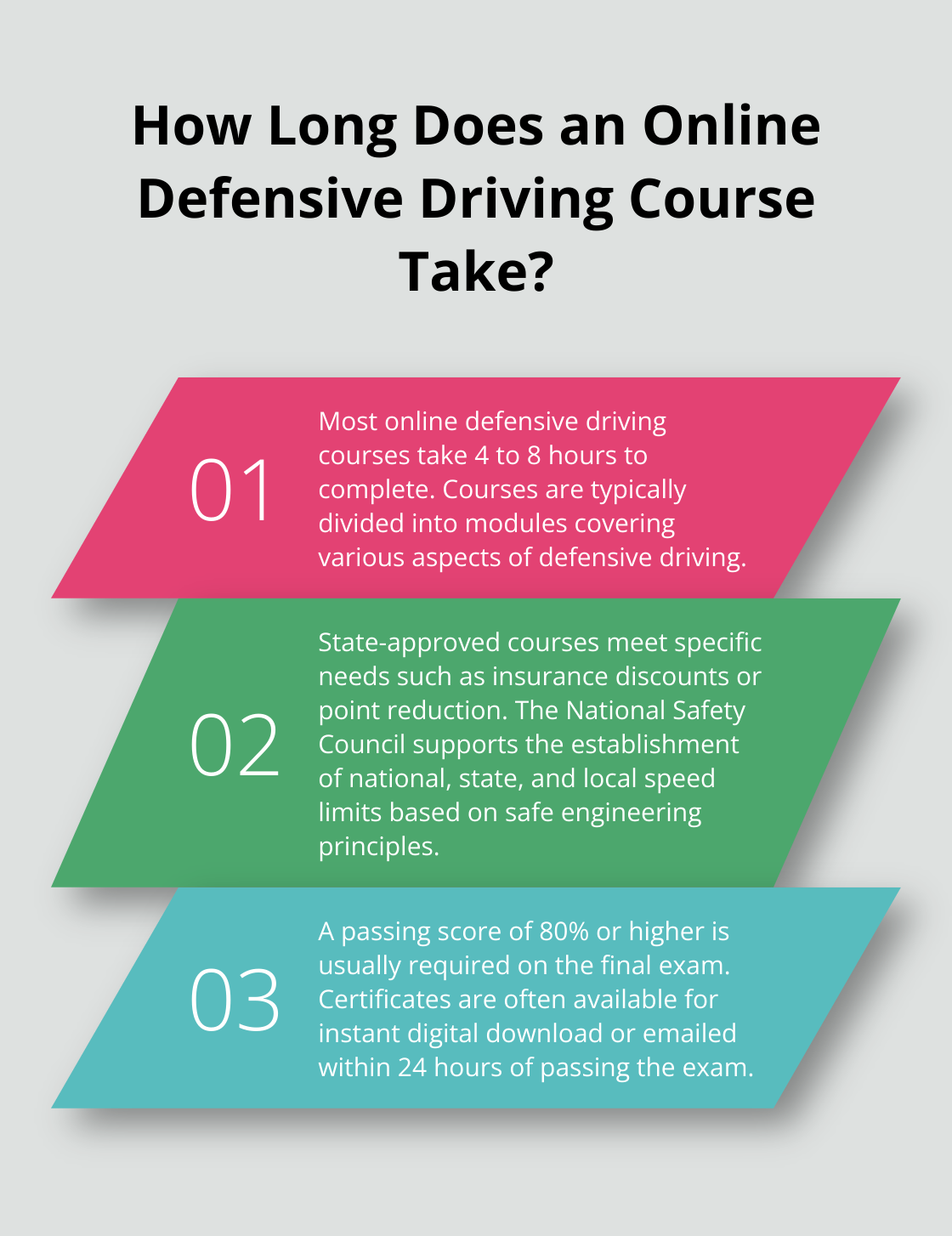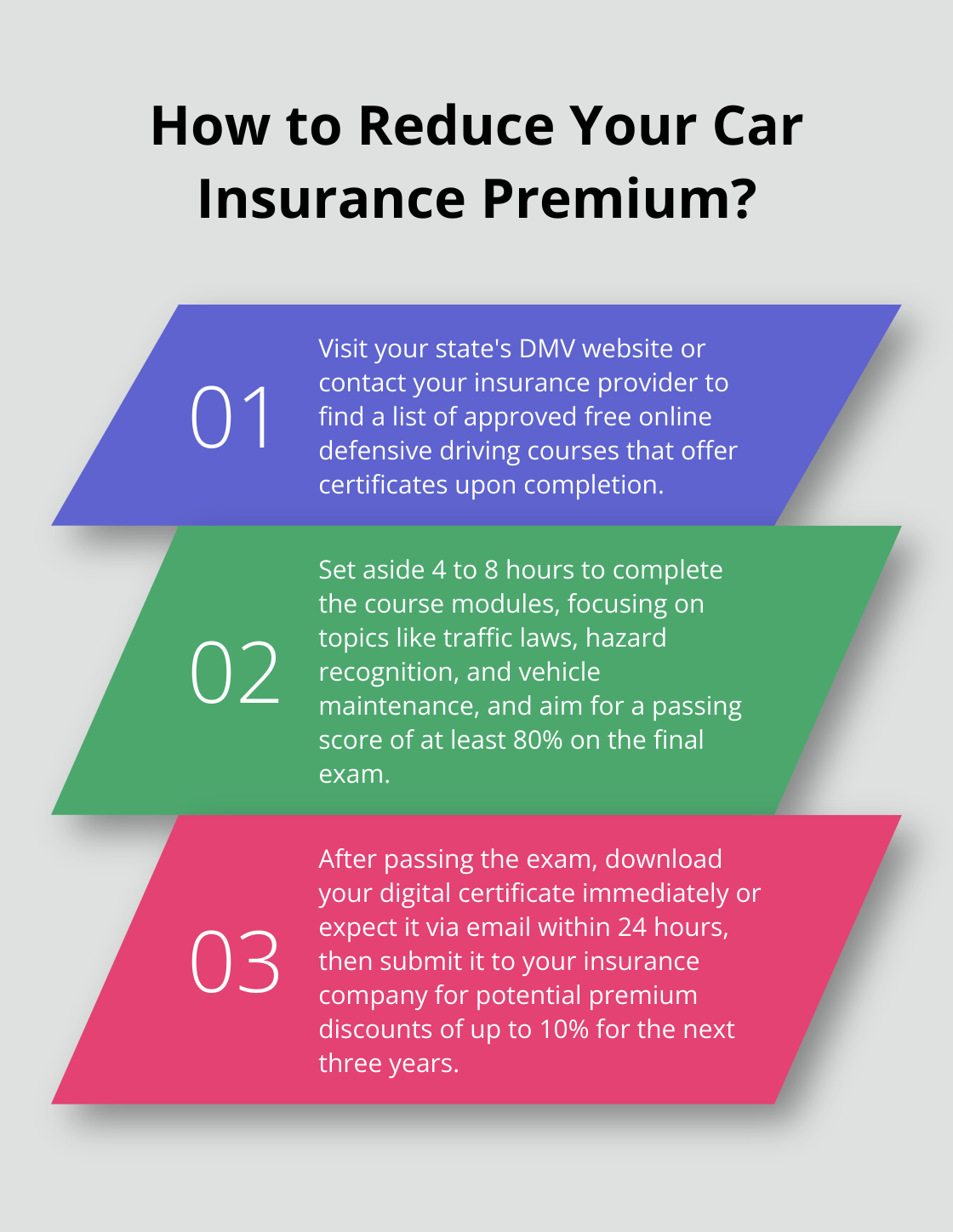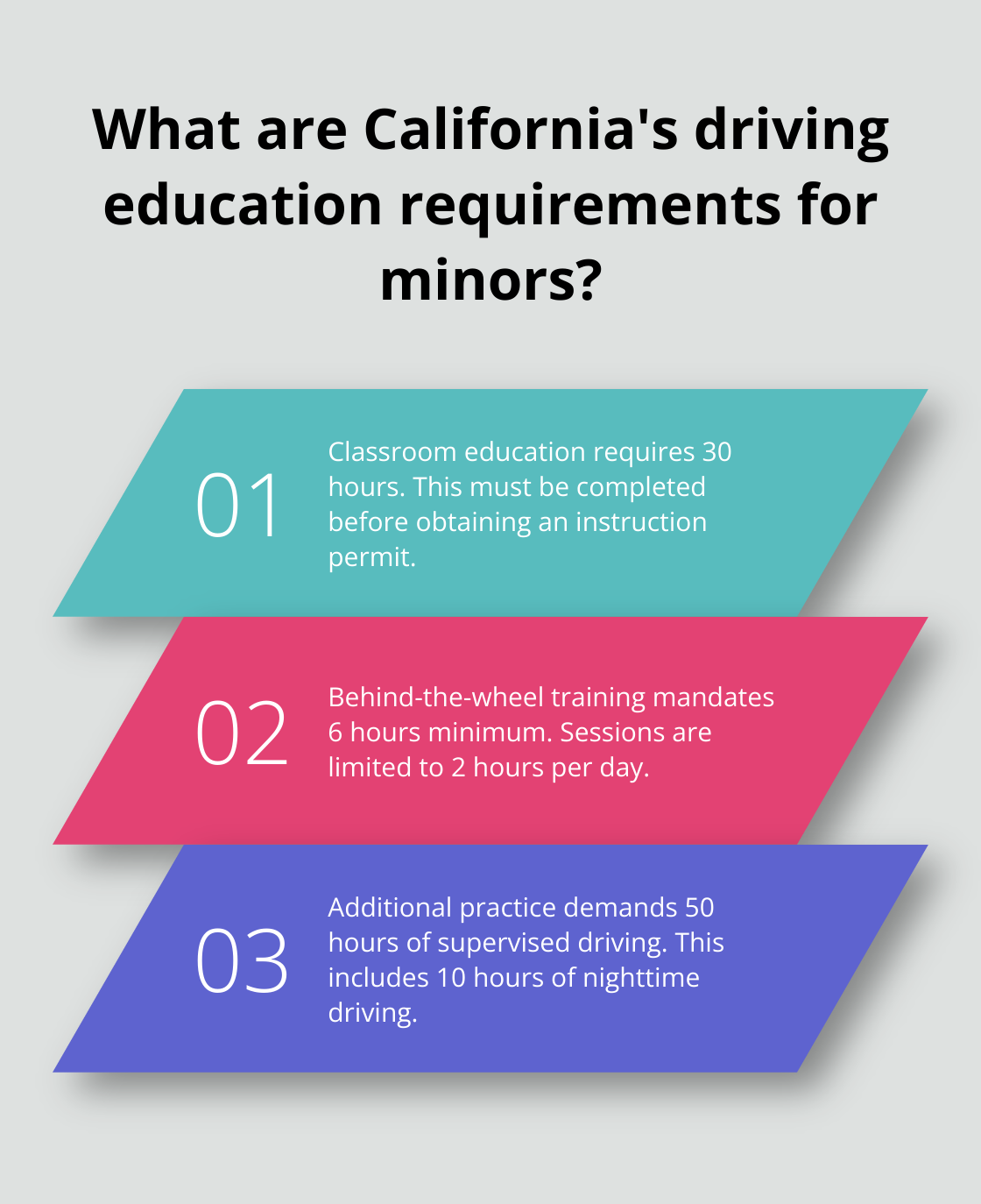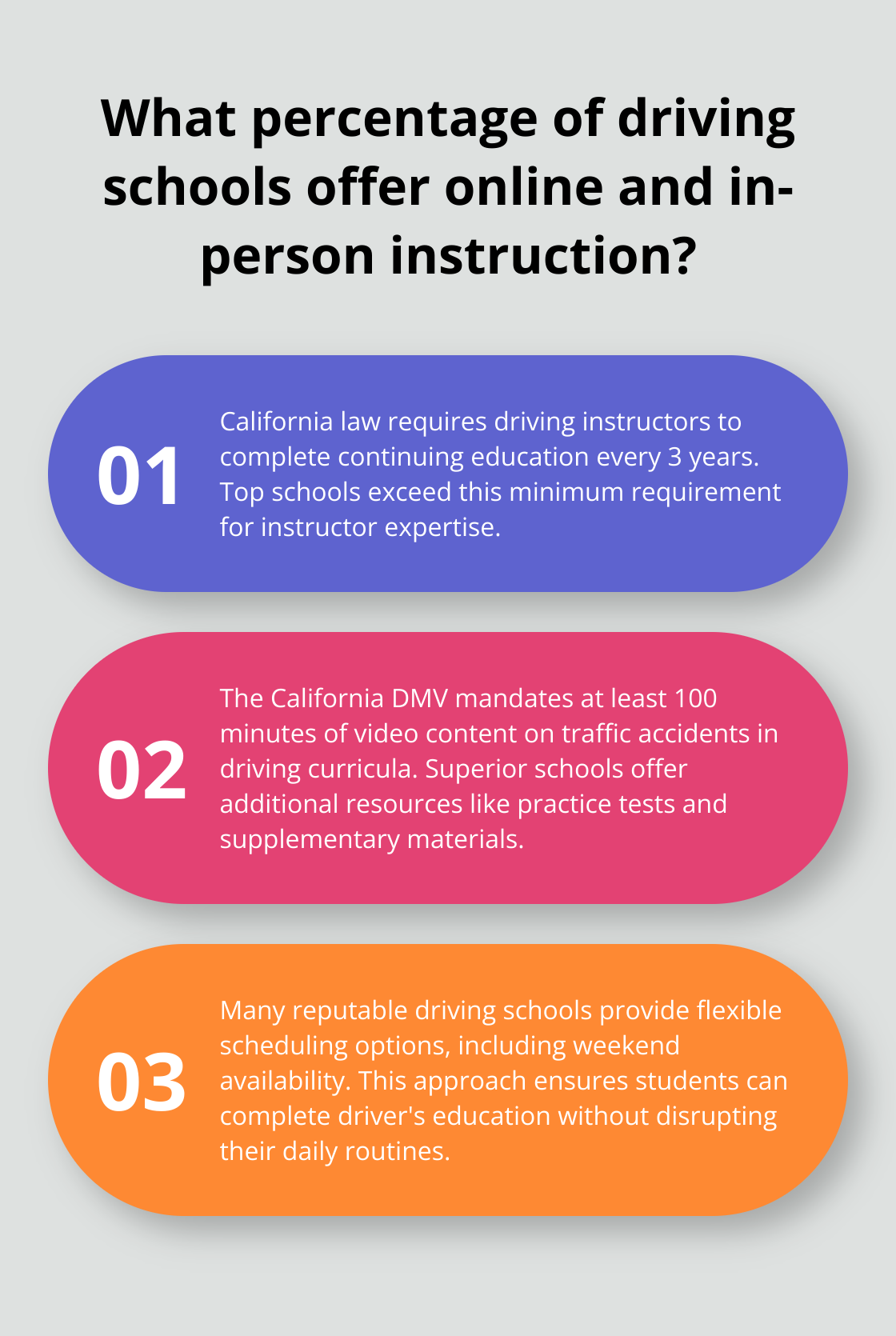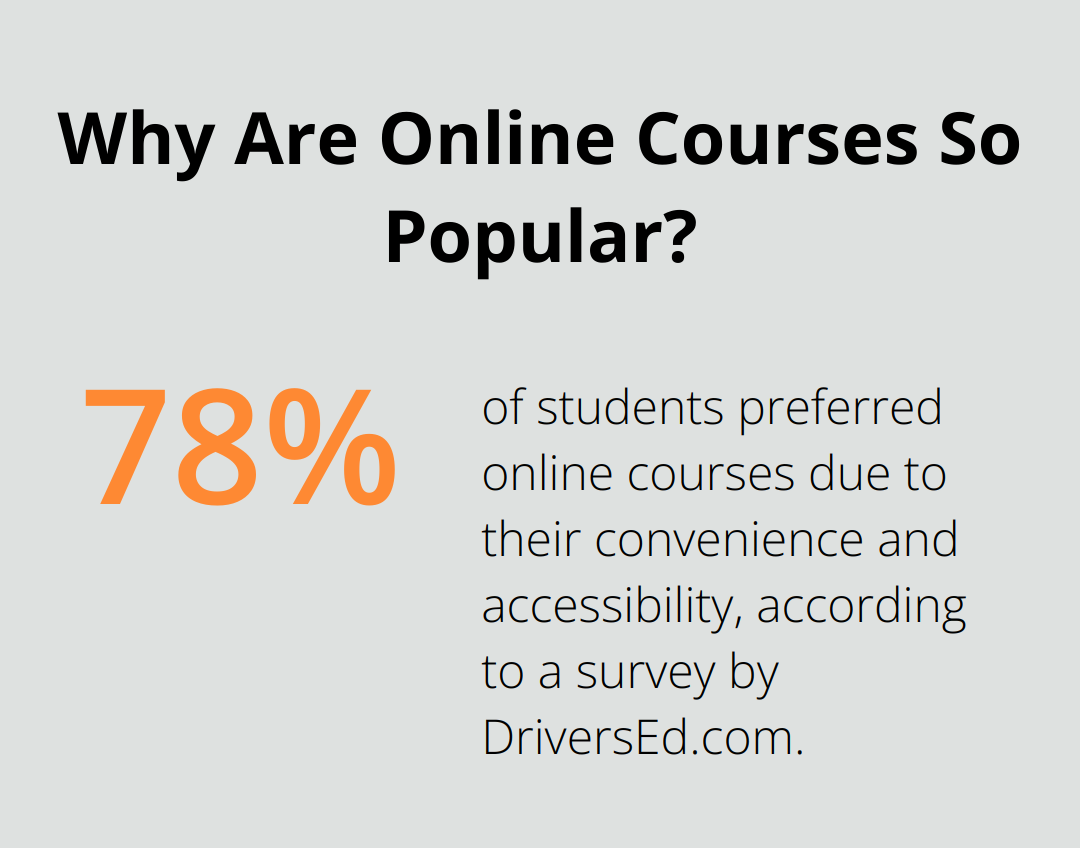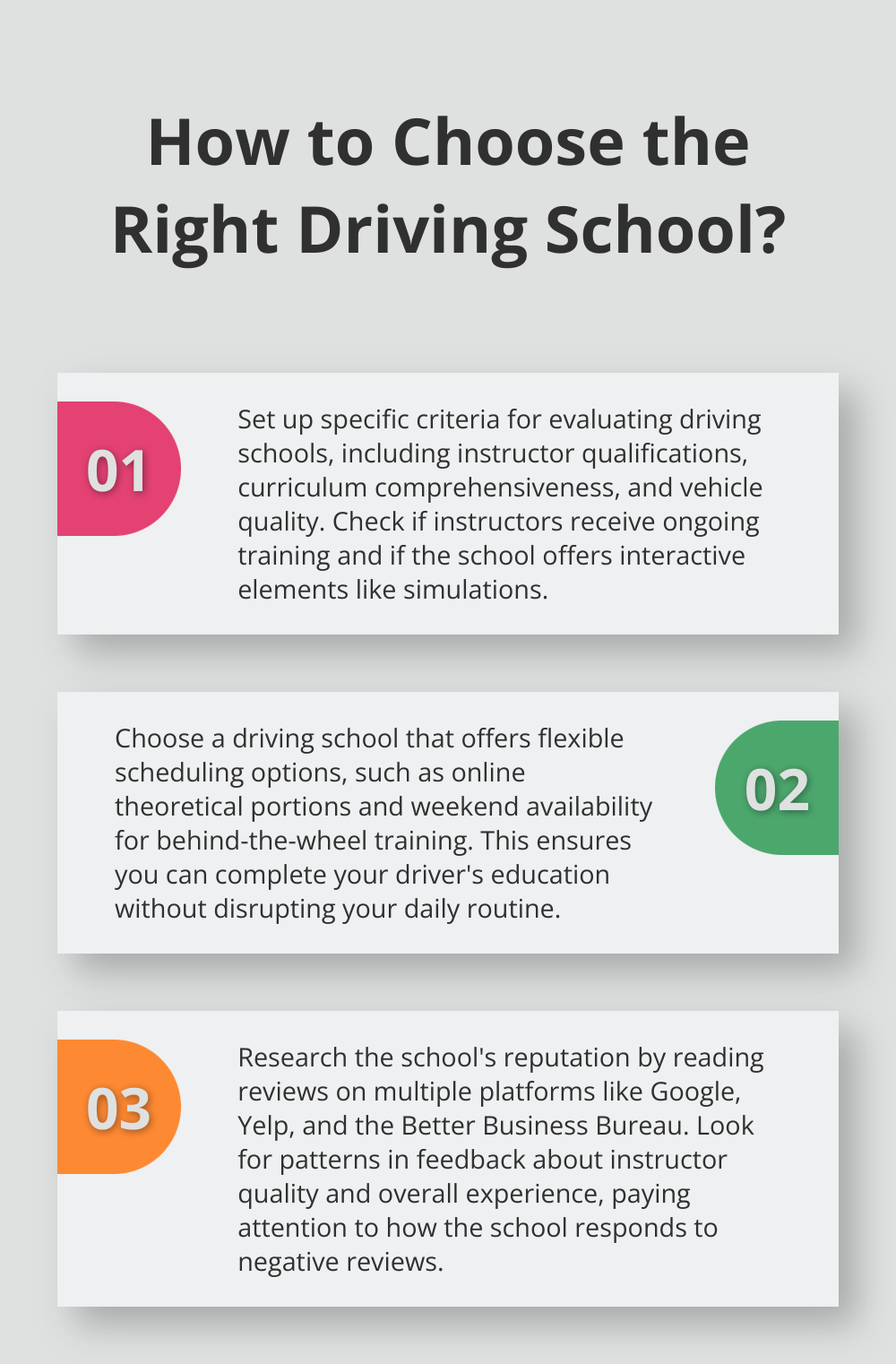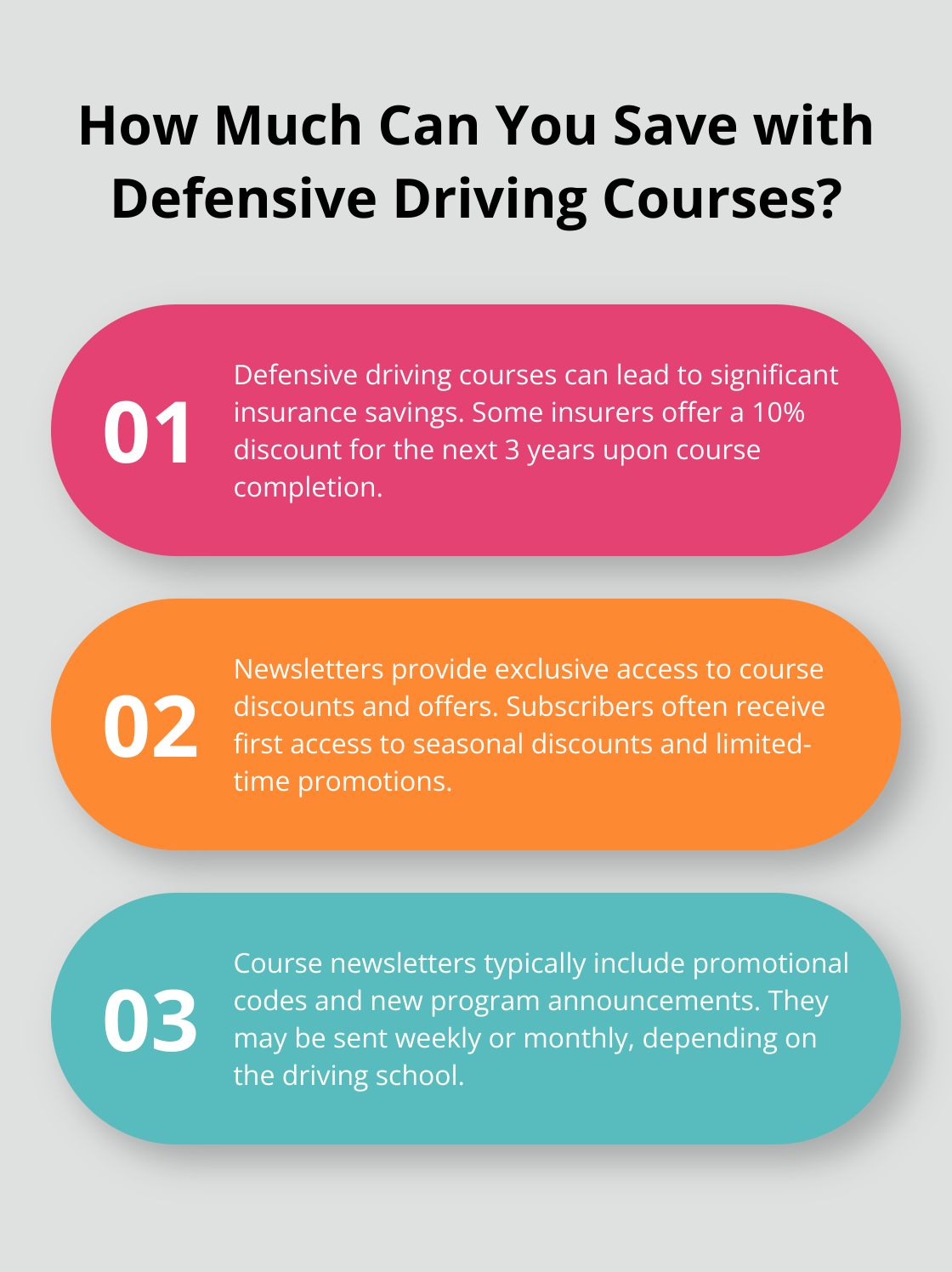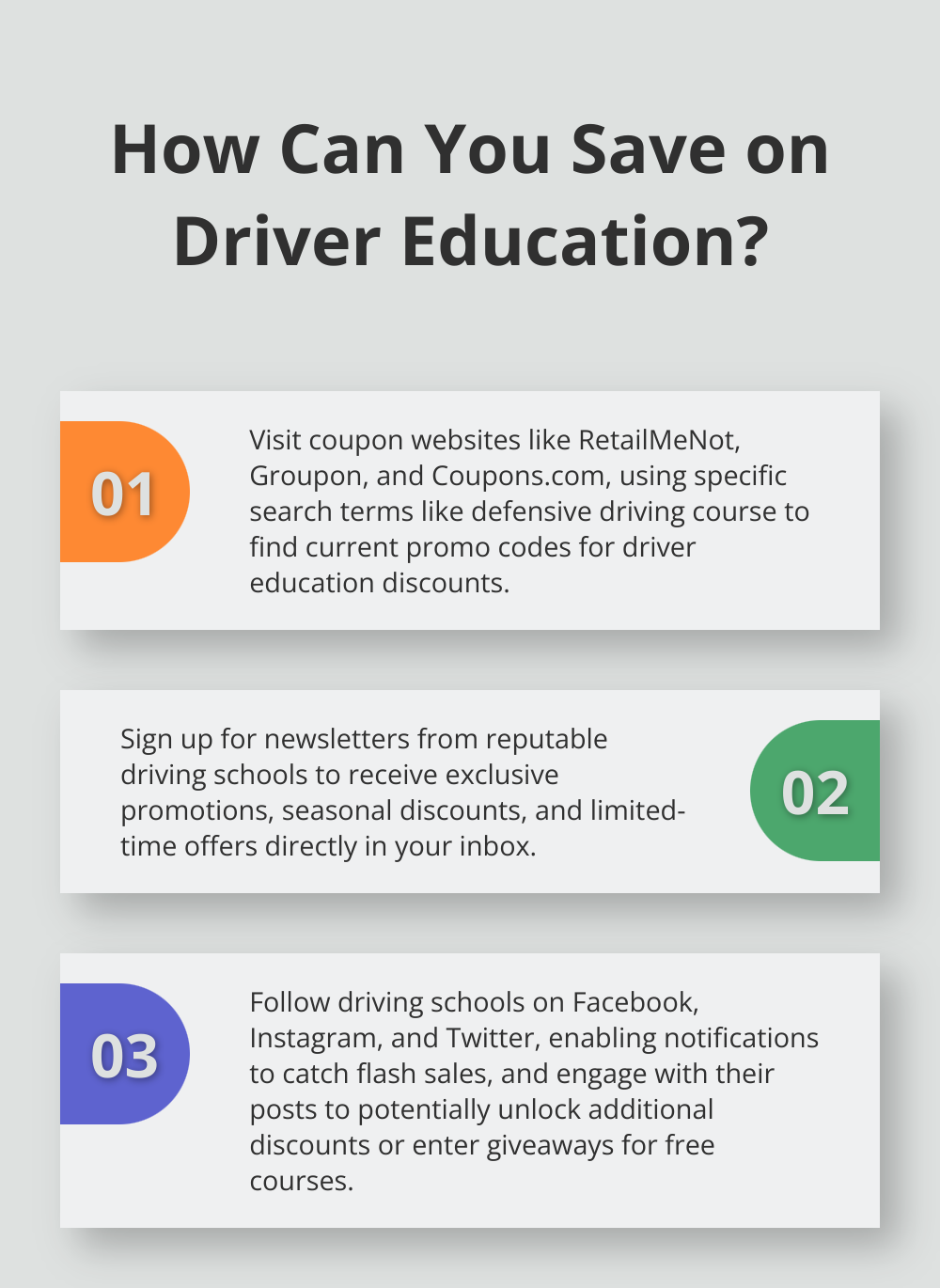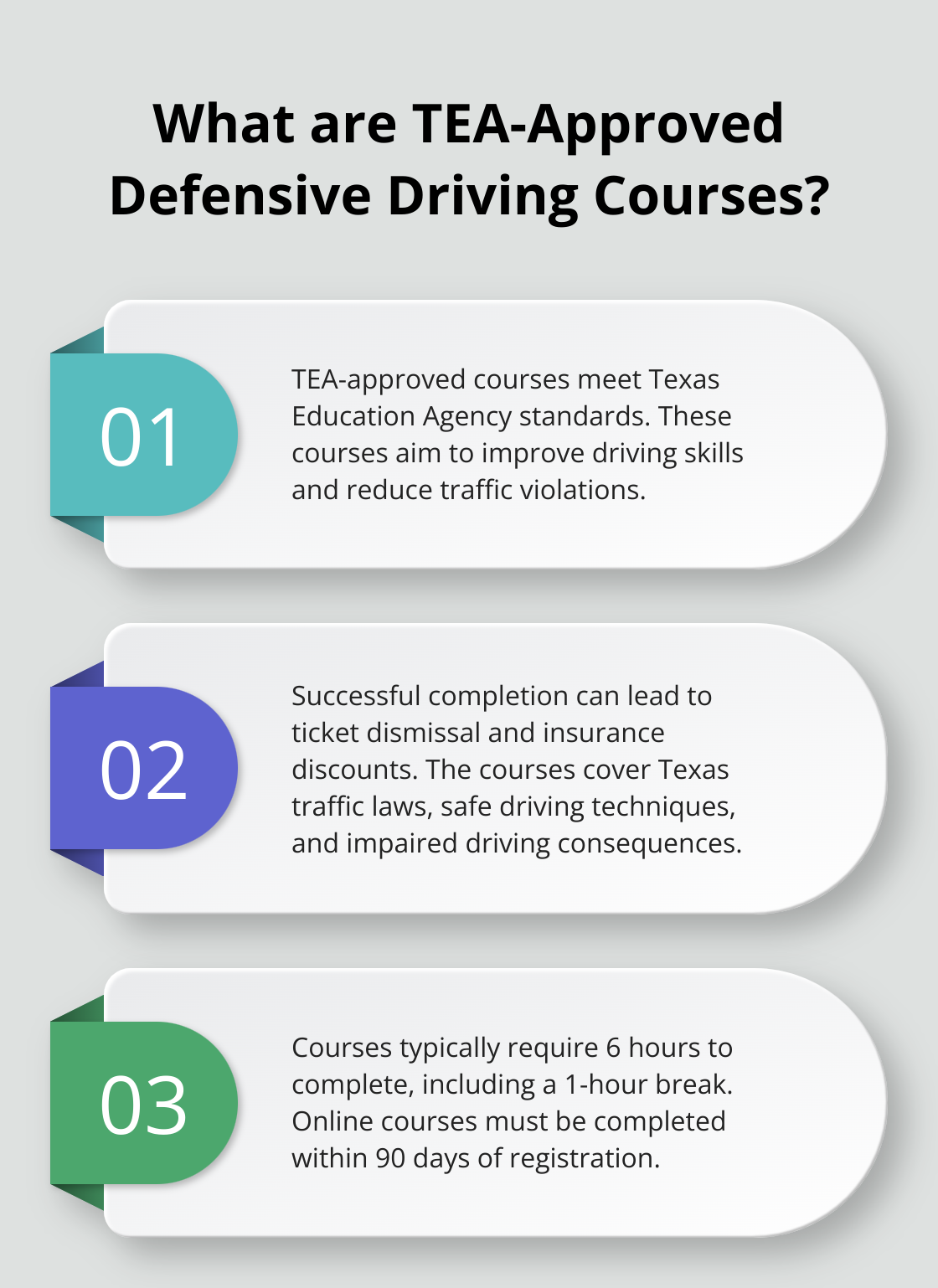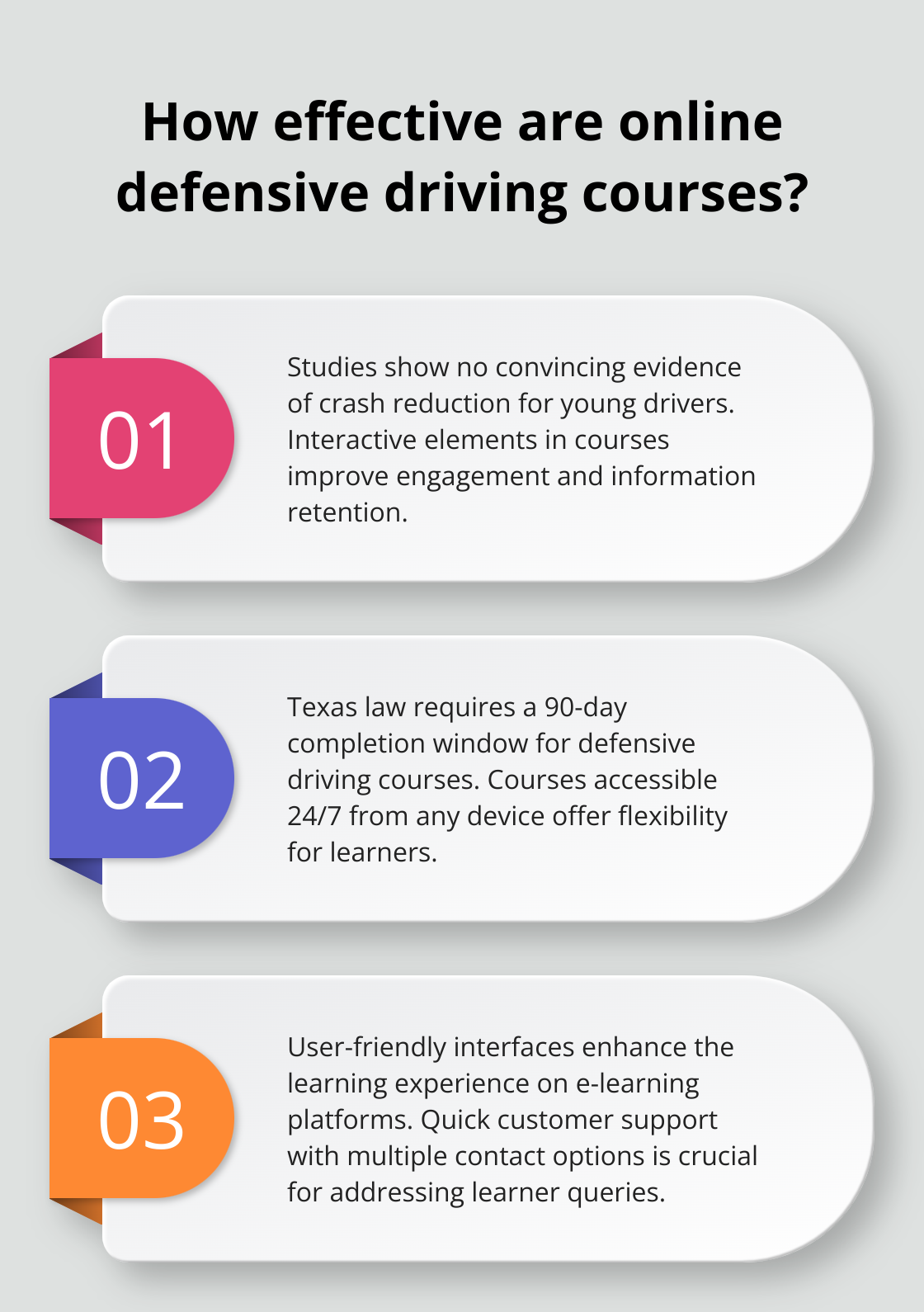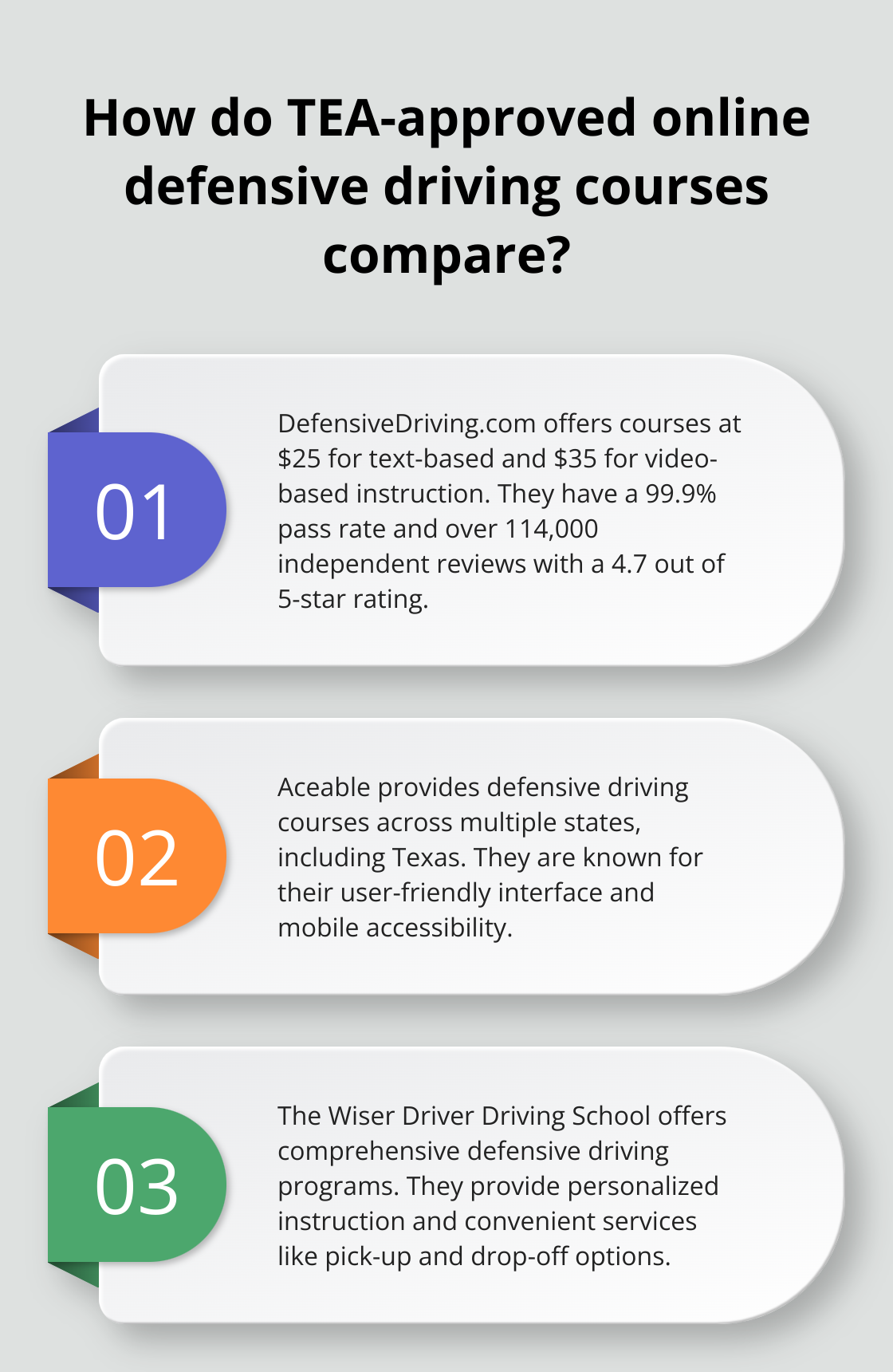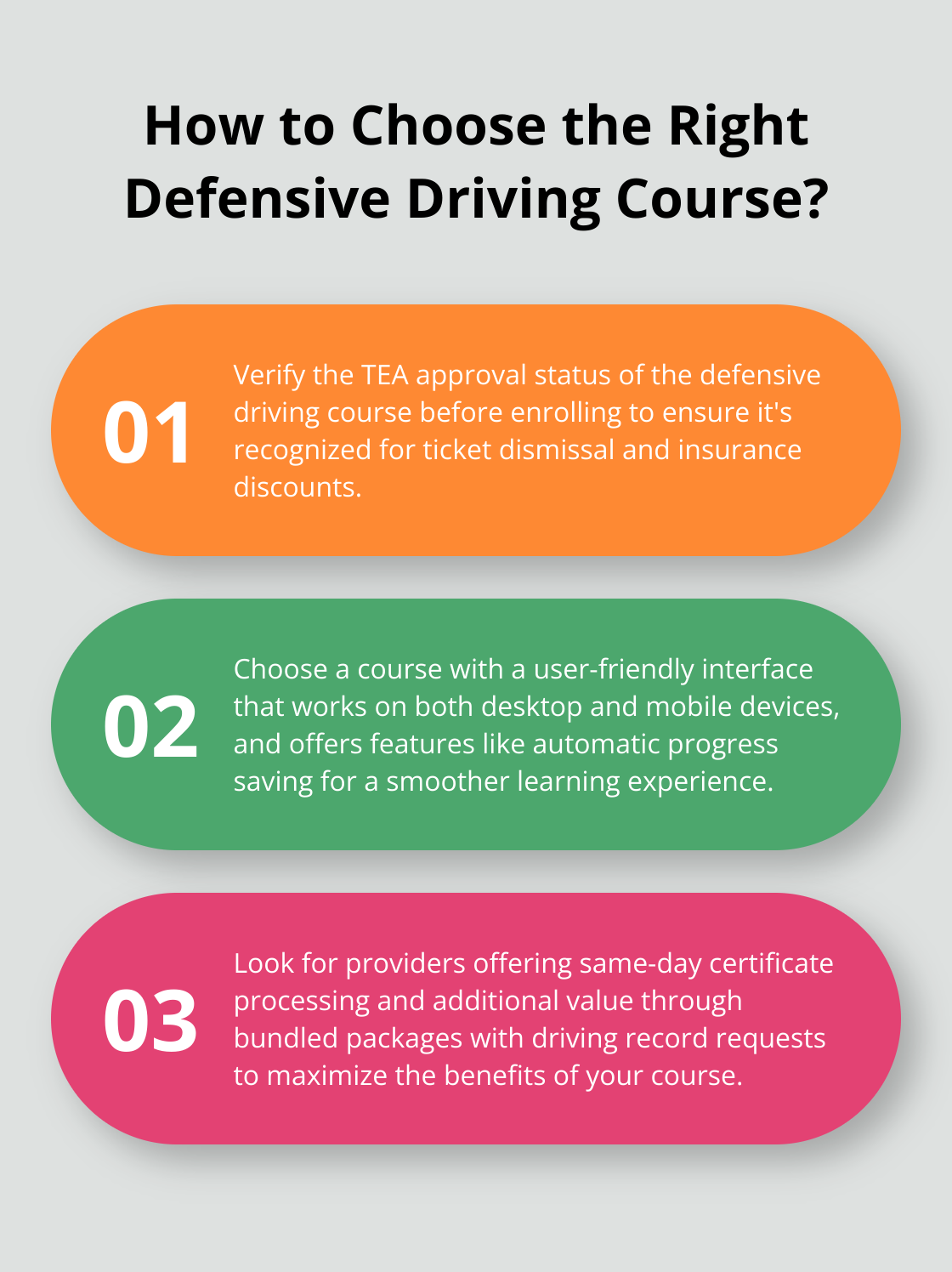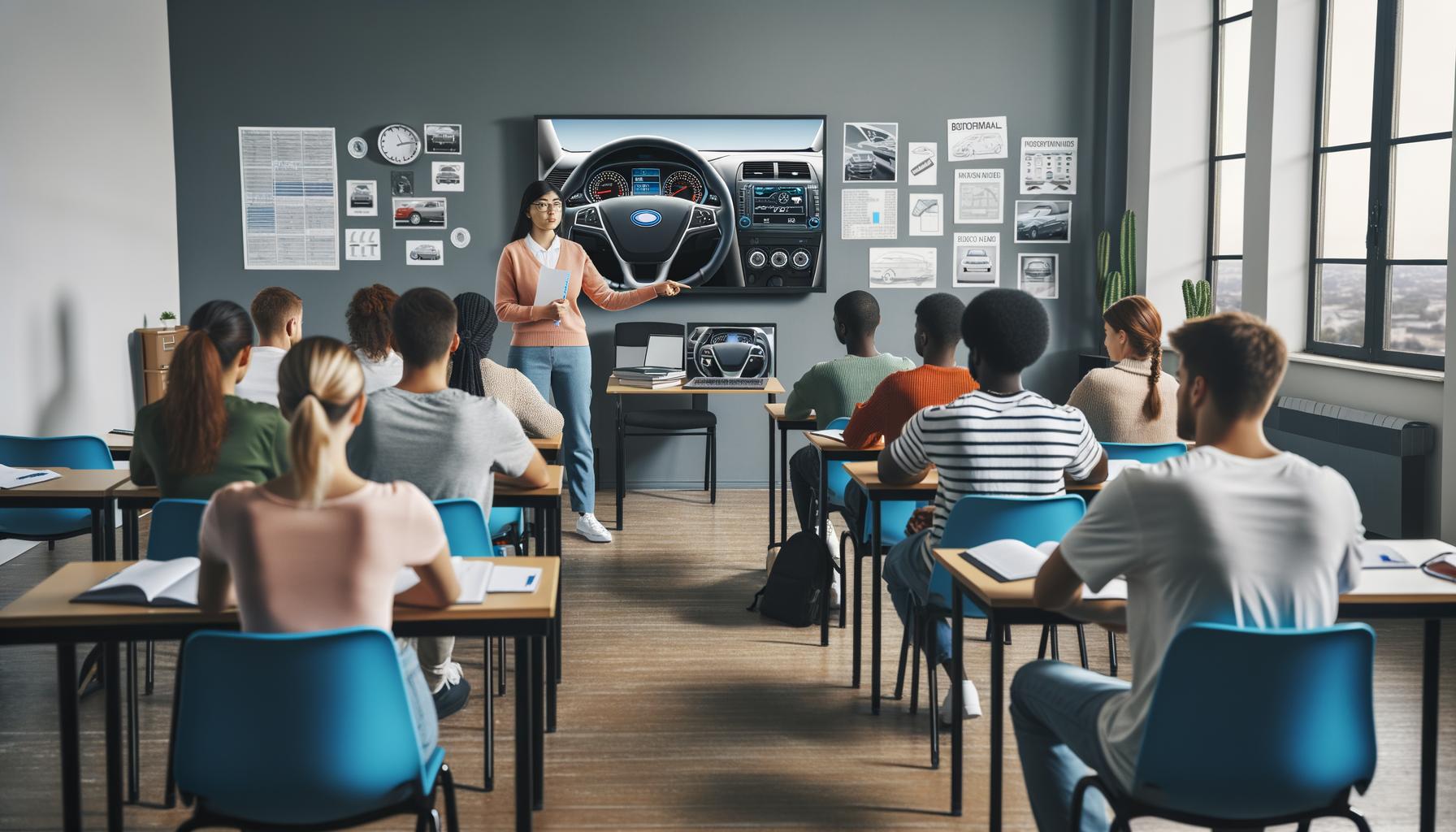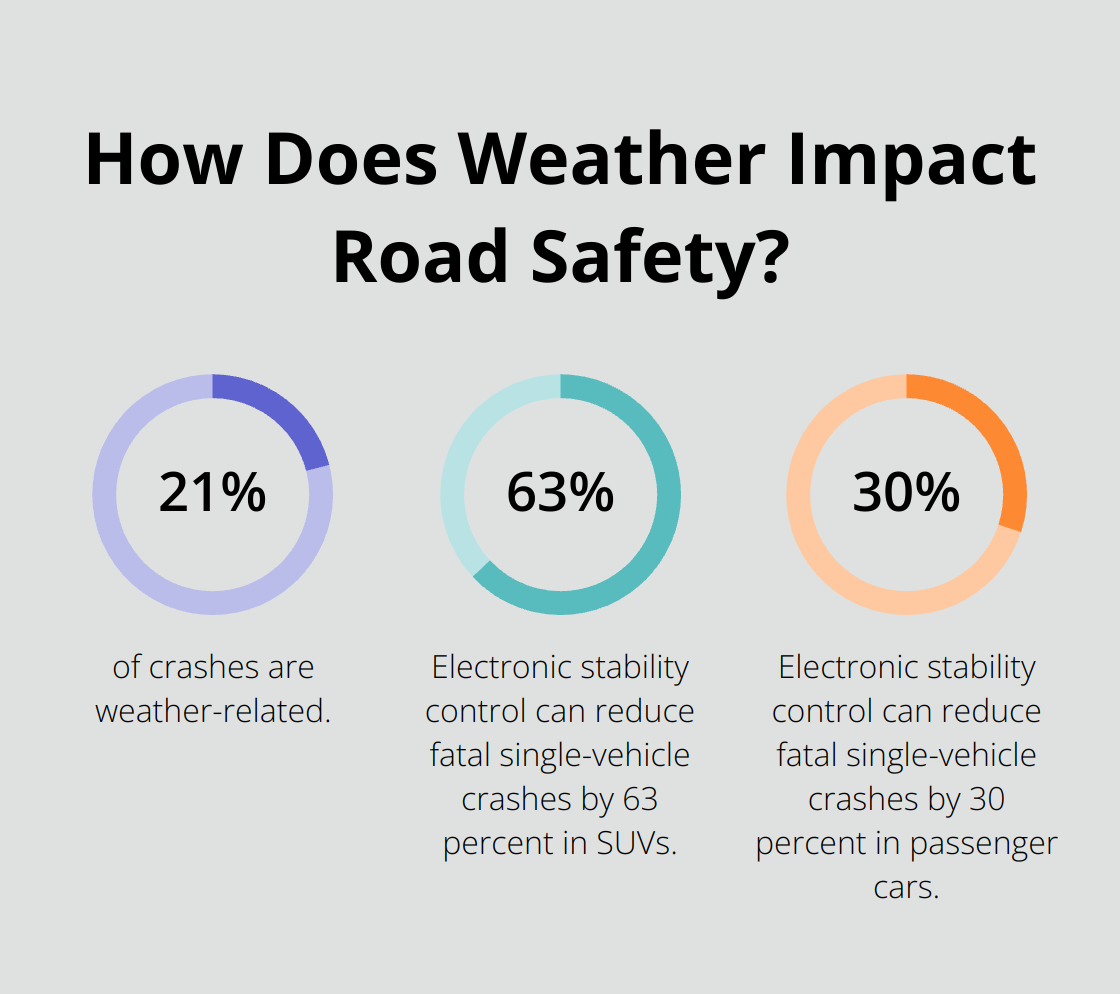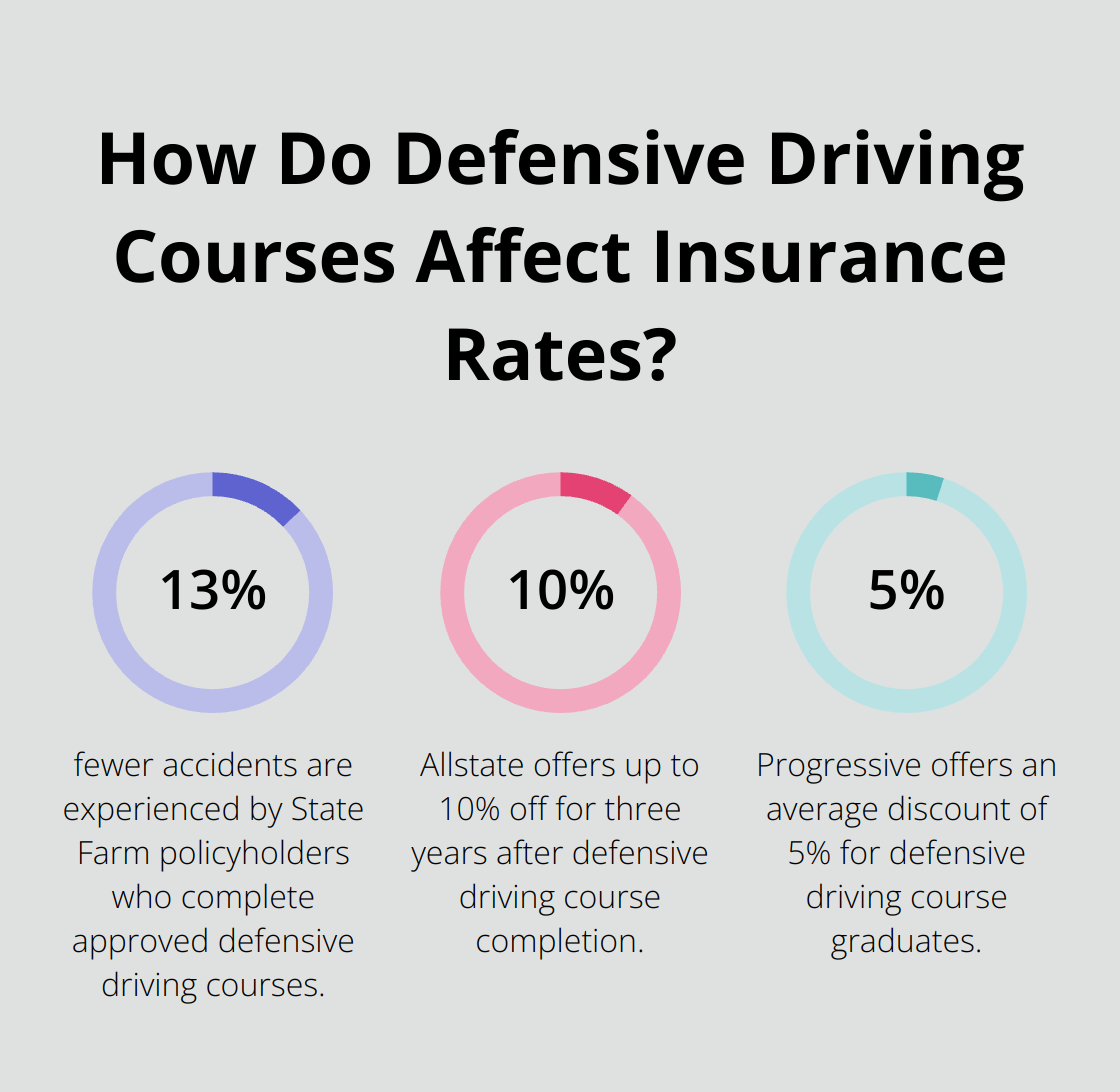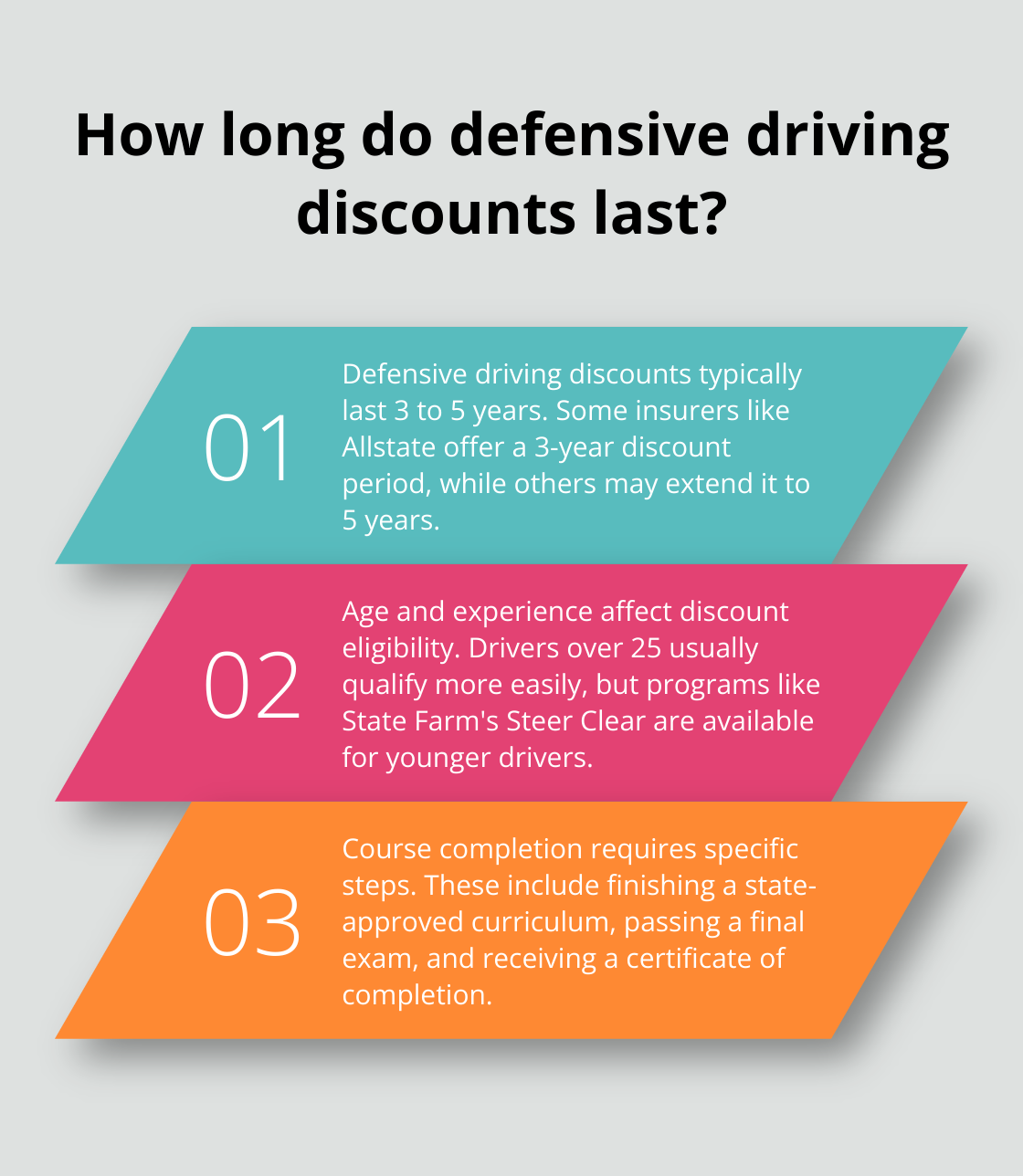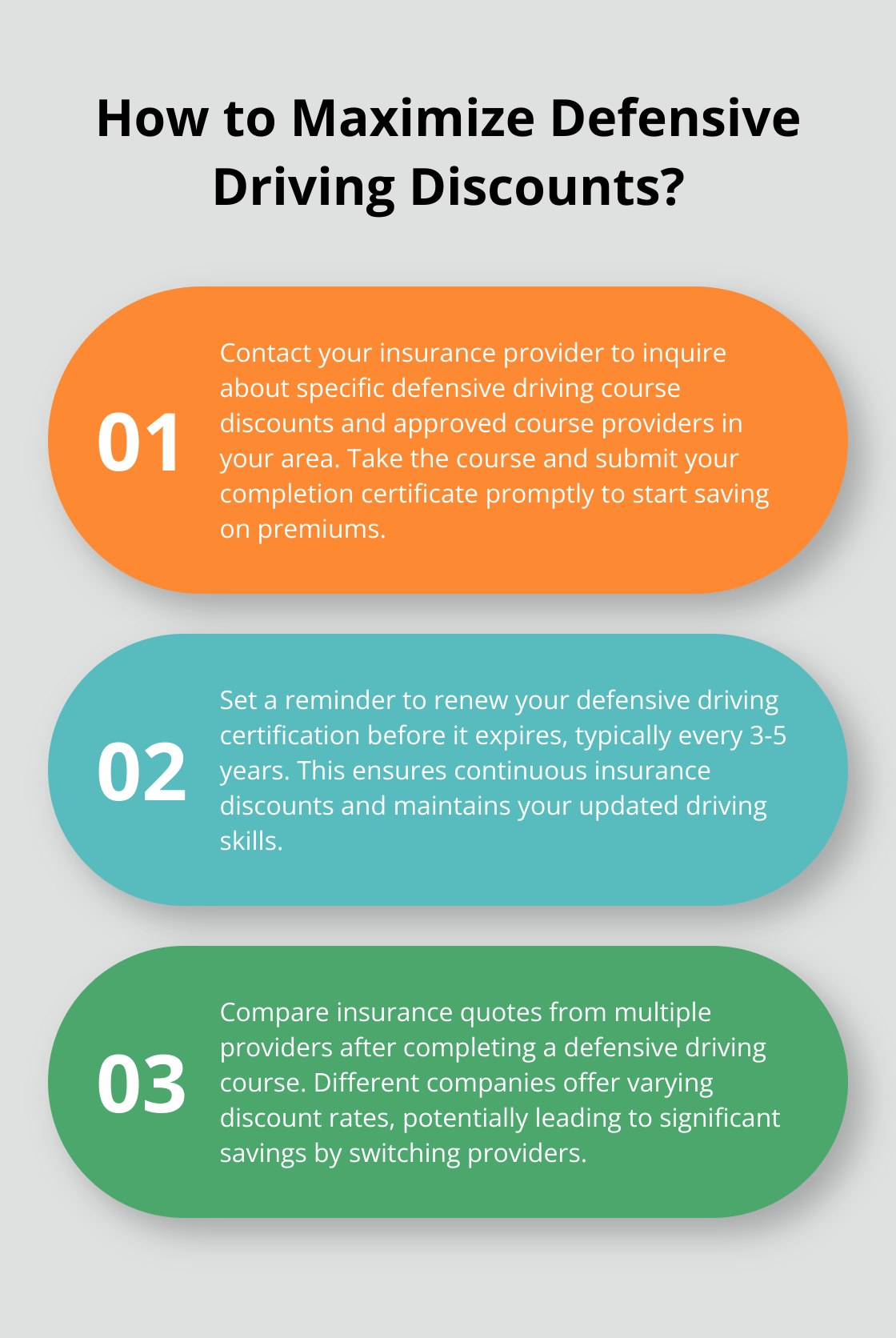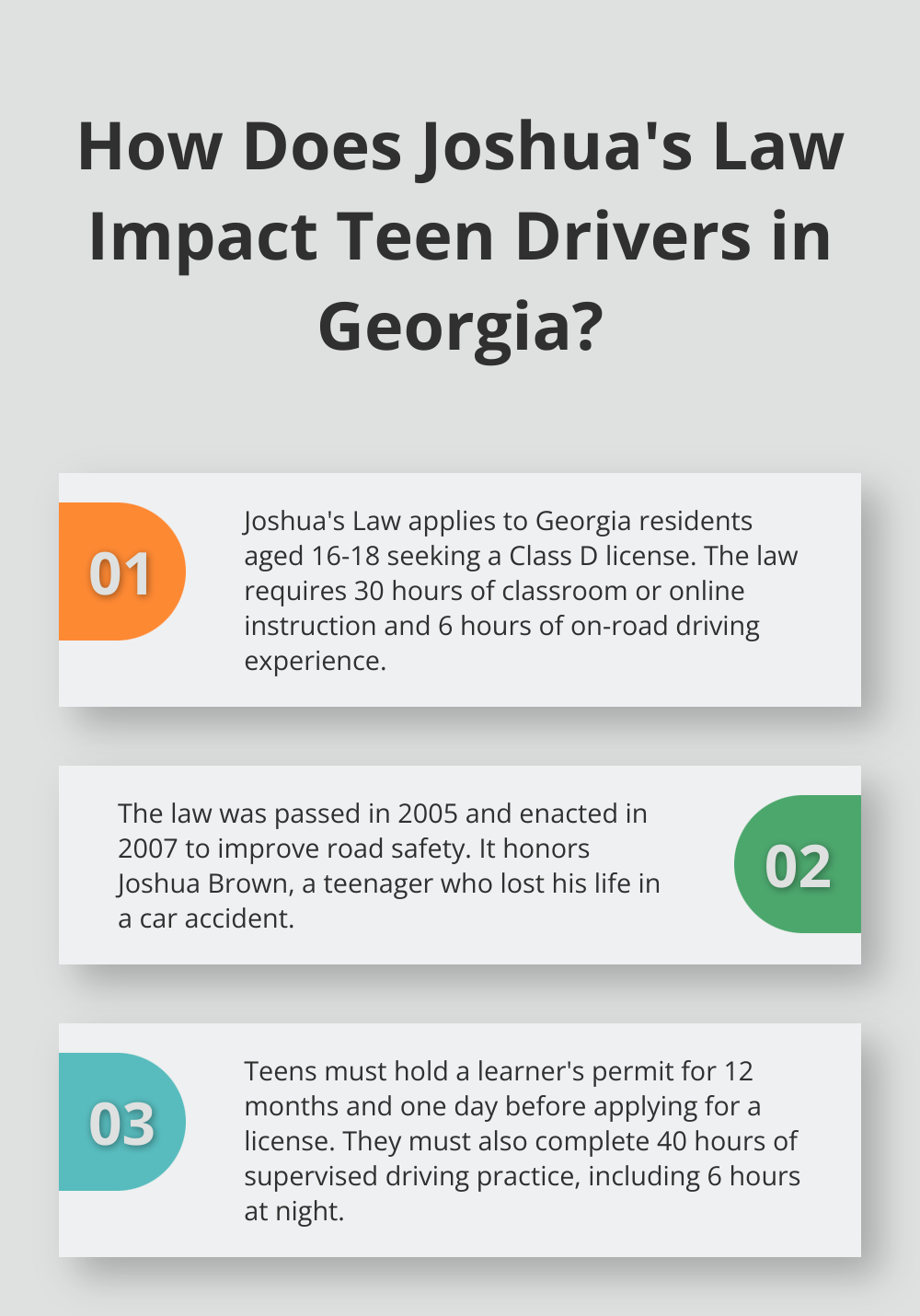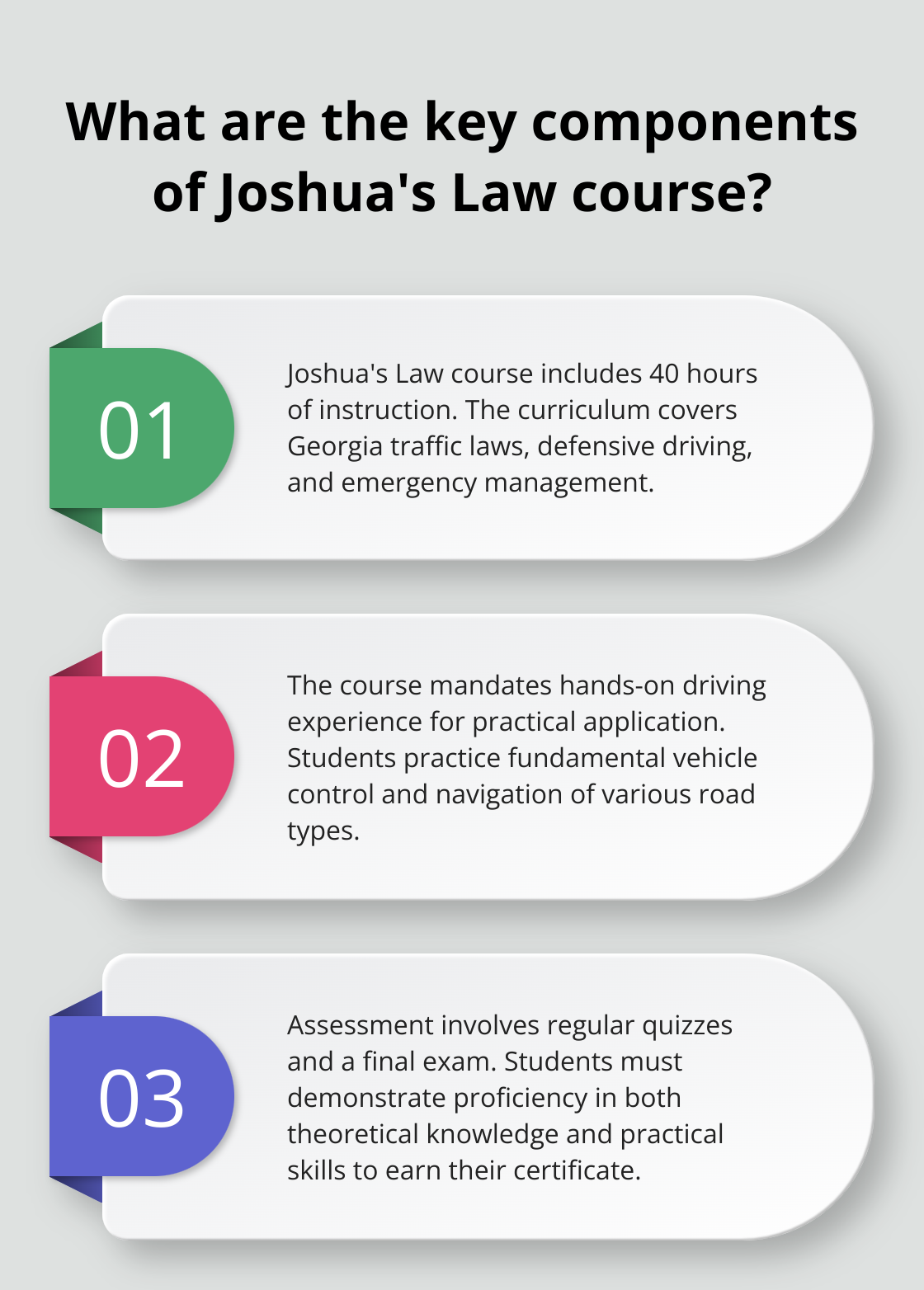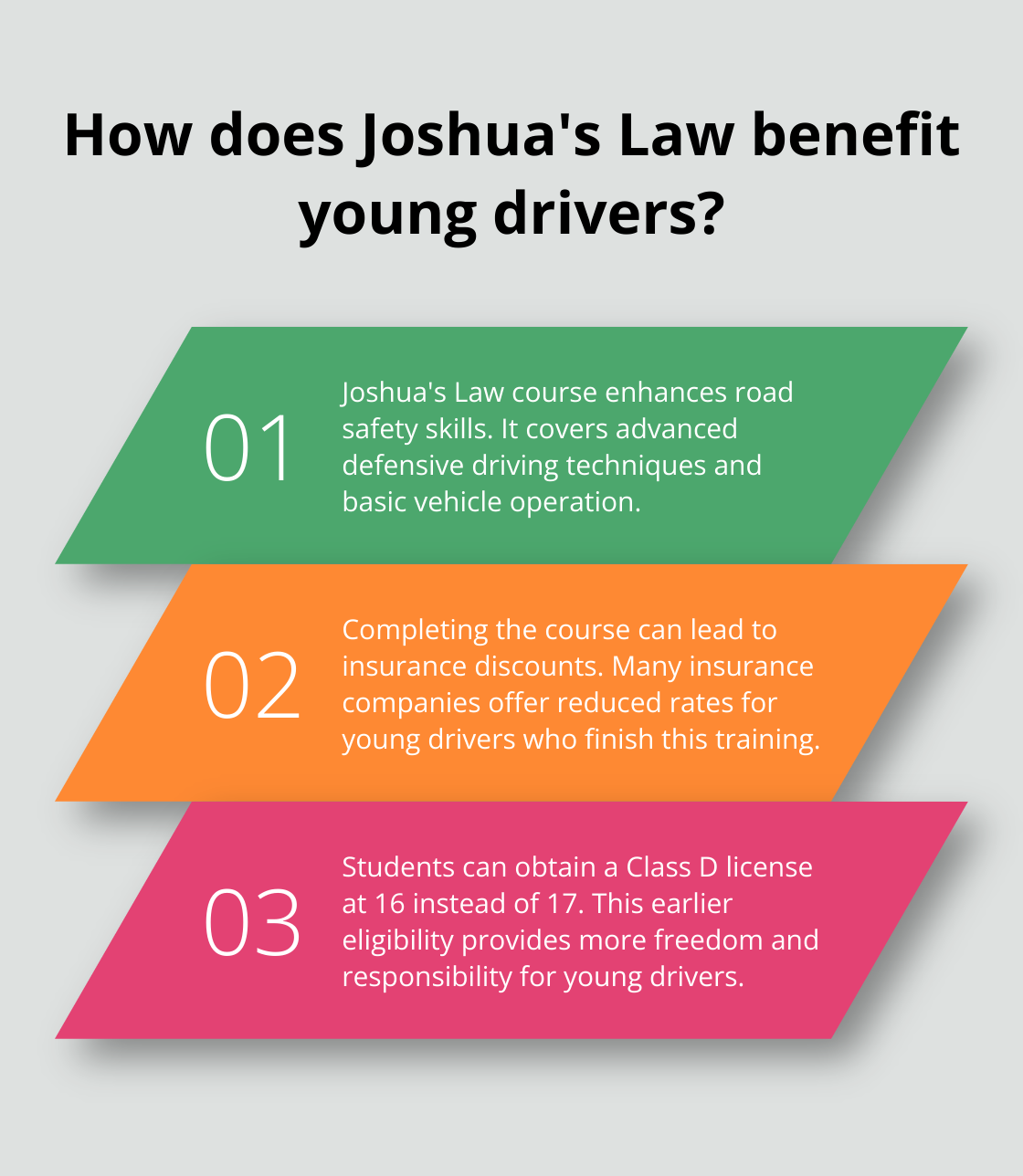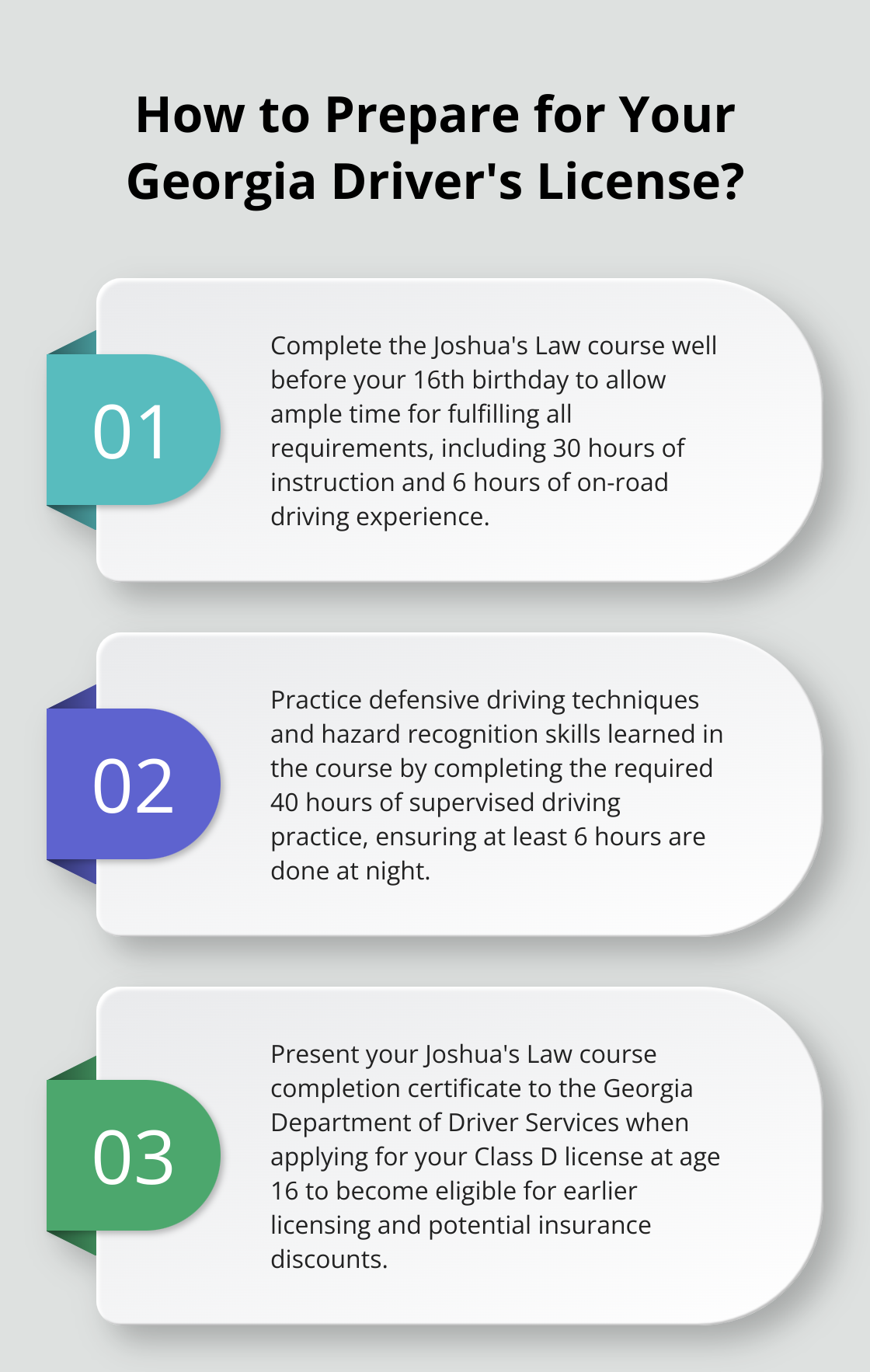How to Take Geico’s Safe Driving Course Online
At The Wiser Driver Driving School, we understand the importance of safe driving and its impact on insurance rates. Geico’s Safe Driving Course online offers a convenient way to enhance your skills and potentially lower your premiums.
This step-by-step guide will walk you through the process of enrolling in and completing the course. We’ll cover everything from eligibility requirements to course navigation, helping you make the most of this valuable opportunity.
What Is Geico’s Safe Driving Course?
Course Overview and Structure
Geico’s Safe Driving Course is an online program that enhances driving skills and potentially reduces insurance premiums. This National Safety Council Online Defensive Driving Course covers defensive driving techniques, traffic laws, and accident avoidance strategies. The course typically takes 4 to 8 hours to complete (depending on your pace) and is divided into several modules. Each module focuses on different aspects of safe driving, allowing you to progress at your own speed.
Eligibility Requirements
To take Geico’s Safe Driving Course, you must be a current Geico policyholder. The course welcomes drivers of all ages, but some states may impose specific age-related requirements (particularly for senior drivers). It’s essential to check with Geico or your local Department of Motor Vehicles to confirm your eligibility before enrolling.
Impact on Insurance Rates
Completing this course can lead to substantial savings on your auto insurance. Geico offers various car insurance discounts, including a Good Driver discount of up to 22% for those who have been accident-free for five years. While we can’t guarantee specific savings, many drivers report noticeable reductions in their insurance rates after finishing such courses.
Additional Benefits
The course offers more than potential insurance savings. It provides valuable knowledge to make you a safer driver. The National Safety Council’s curriculum has trained millions of drivers, contributing to improved road safety overall.
Course Accessibility and Support
Geico’s Safe Driving Course is available 24/7, allowing you to fit it into your schedule. The course is fully narrated at no extra cost, catering to different learning preferences. You can bookmark your progress and return where you left off, providing flexibility in your learning journey. If you encounter any issues, customer support is available via live chat and email for course-related inquiries.
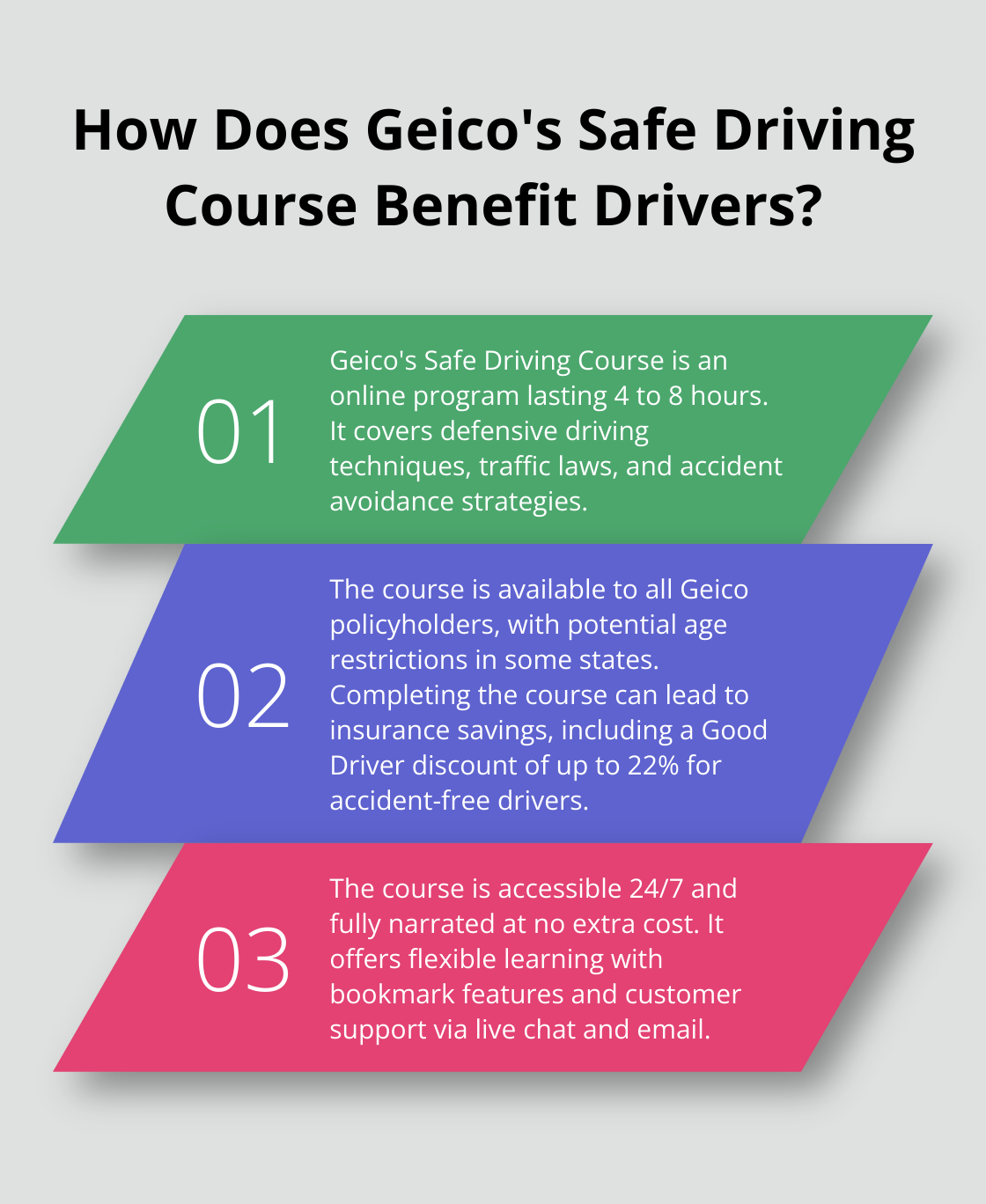
As you prepare to enroll in Geico’s Safe Driving Course, let’s walk through the step-by-step process to get you started on your journey to becoming a safer, more confident driver.
How to Enroll in Geico’s Safe Driving Course
Accessing Your Geico Account
The first step to enroll in Geico’s Safe Driving Course is to access your Geico account. If you’re a Geico policyholder, log in to your existing account on the Geico website or mobile app. For those without an online account, create one using your policy number and personal information (this process typically takes just a few minutes).
Locating the Safe Driving Course Option
After logging in, navigate to the “Discounts” or “Policy” section of your account. Search for options related to “Safe Driver” or “Defensive Driving” discounts. Geico often highlights these opportunities, but if you can’t find it, use the search function or contact Geico’s customer service for assistance.
Completing the Registration Process
Once you find the Safe Driving Course option, Geico will guide you through a registration process. This step involves confirming your personal details and answering questions about your driving history. Ensure all information is accurate to avoid issues with course completion or discount application.
Payment and Course Access
The course fee may vary. After processing your payment, you’ll receive access to the course materials. Geico’s defensive driving discounts vary by state, and they offer an online defensive driving course through the National Safety Council.
Exploring Additional Resources
While Geico’s course provides valuable information, it’s beneficial to explore additional resources. The Wiser Driver Driving School offers complementary defensive driving courses that can further enhance your skills. Our comprehensive programs cater to drivers of all ages and include state-required classes, personalized driving lessons, and convenient road testing services.
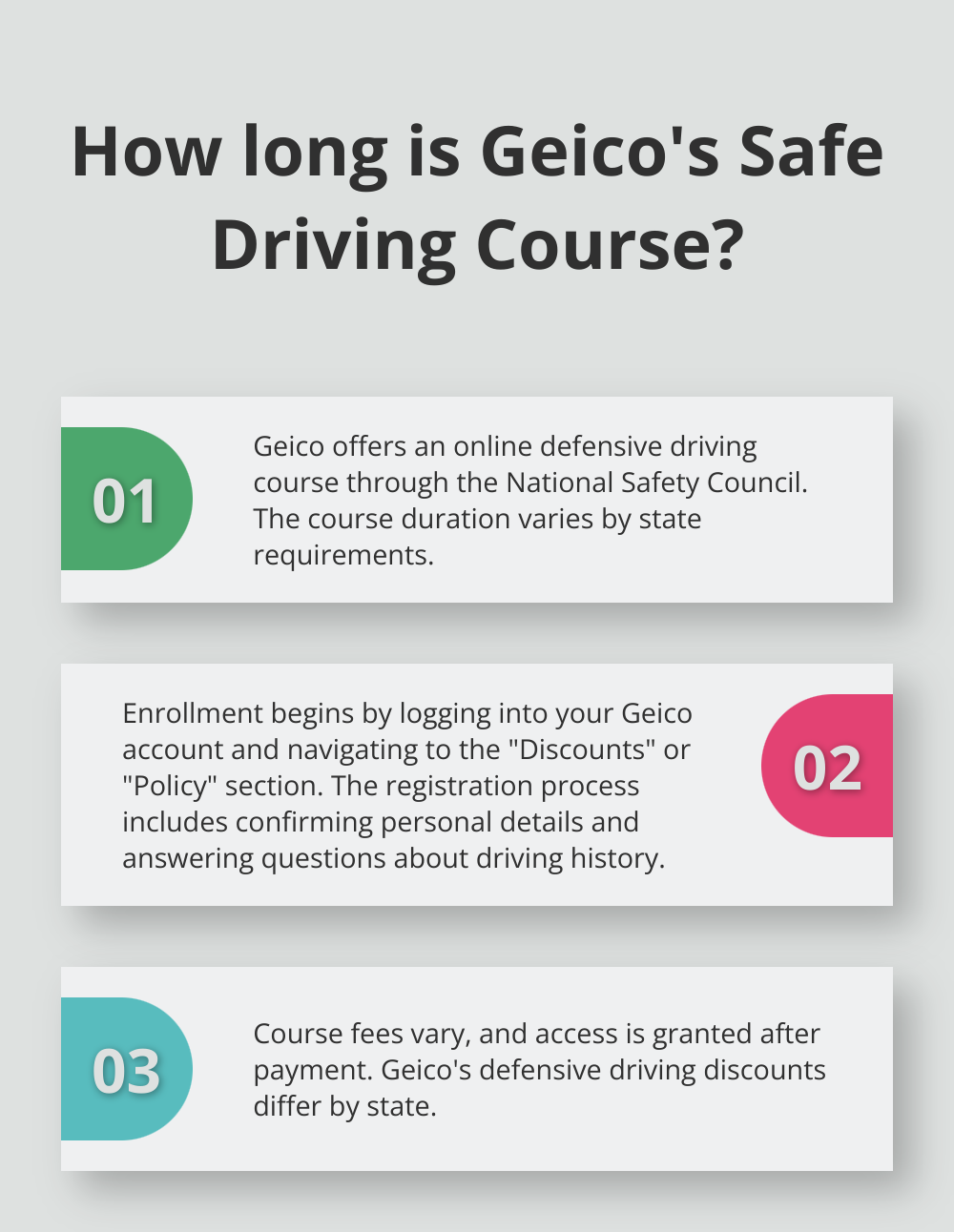
As you prepare to start the Geico Safe Driving Course, let’s explore what you can expect during the online learning experience and how to navigate the course effectively.
How to Navigate Geico’s Online Safe Driving Course
Course Structure and Time Requirements
Geico’s online Safe Driving Course offers a user-friendly and informative experience. The course divides into several modules, each focusing on different aspects of safe driving. Topics include defensive driving techniques, traffic laws, and accident prevention strategies.
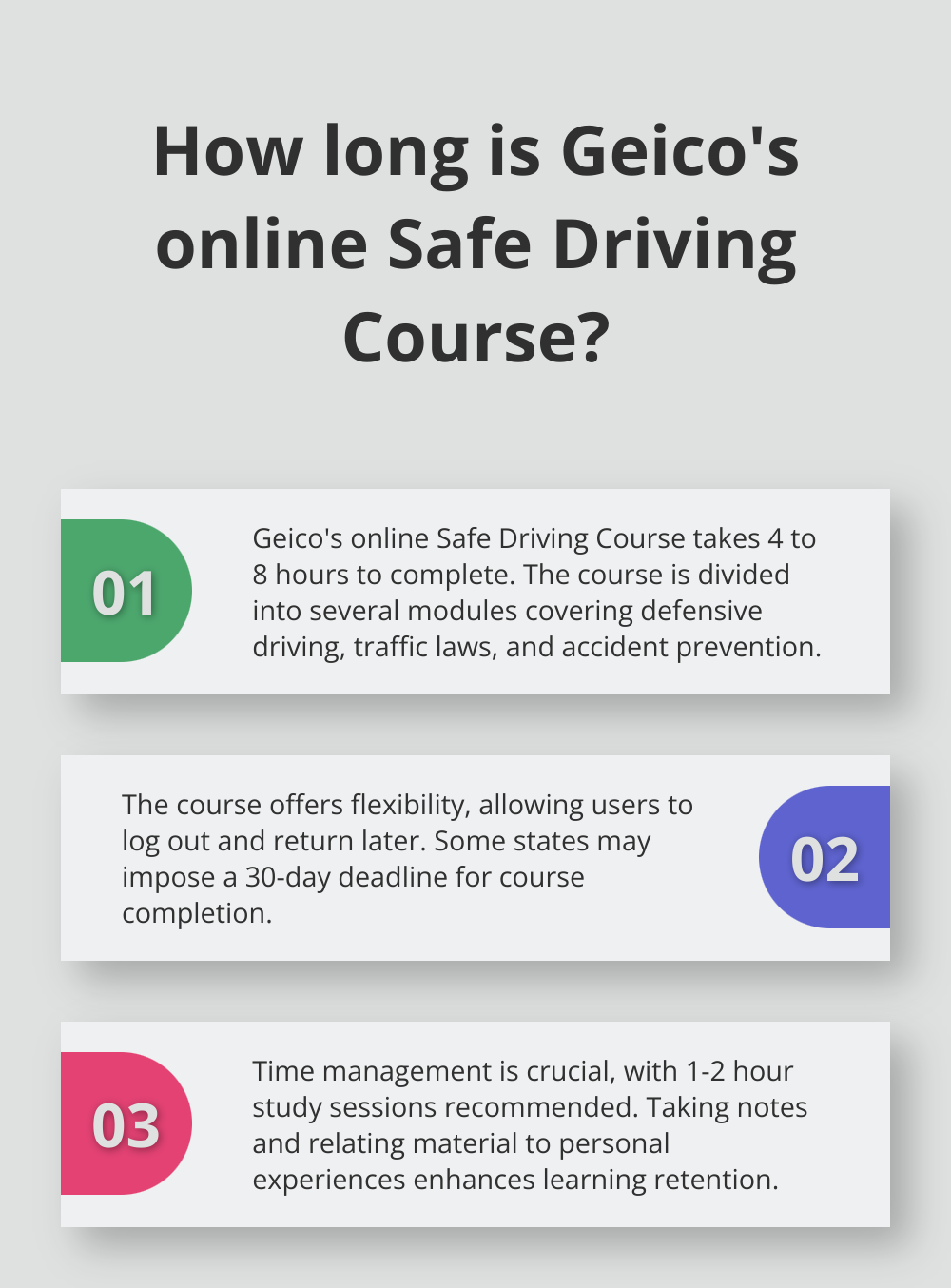
The course typically takes 4 to 8 hours to complete (depending on your pace). You don’t need to finish it in one sitting – you can log out and return later, picking up where you left off. This flexibility suits busy schedules, but some states may impose a deadline for completion (often within 30 days of starting the course).
Effective Time Management
To make the most of your time, set aside dedicated blocks for studying. Try 1-2 hour sessions to maintain focus without burnout. Avoid rushing through the material, as this won’t benefit your driving skills or knowledge retention.
Maximizing Your Learning Experience
As you progress through the course, take notes on key points. This active engagement reinforces important concepts and can serve as a quick reference guide later. Many drivers find it helpful to relate the course material to their personal driving experiences, making the lessons more memorable and applicable.
Don’t skip the quizzes or practice tests – they serve as valuable tools for assessing your understanding. If you struggle with certain sections, review them before moving on. The goal extends beyond passing the course; it aims to create safer, more knowledgeable drivers.
Technical Support and Assistance
If you encounter technical issues while taking the course, Geico provides customer support via live chat and email. Don’t hesitate to reach out if you have trouble accessing course materials or submitting your completion certificate.
For content-related questions, the course often includes a FAQ section or glossary. If you need further clarification, note down your questions and contact Geico’s support team or consult with a driving instructor.
Final Thoughts
Geico’s Safe Driving Course online offers a straightforward path to improved driving skills and potential insurance savings. The course provides valuable knowledge about modern driving techniques and traffic laws, which can help prevent accidents and enhance road safety. You’ll gain confidence behind the wheel and develop better hazard recognition skills that will serve you throughout your driving career.
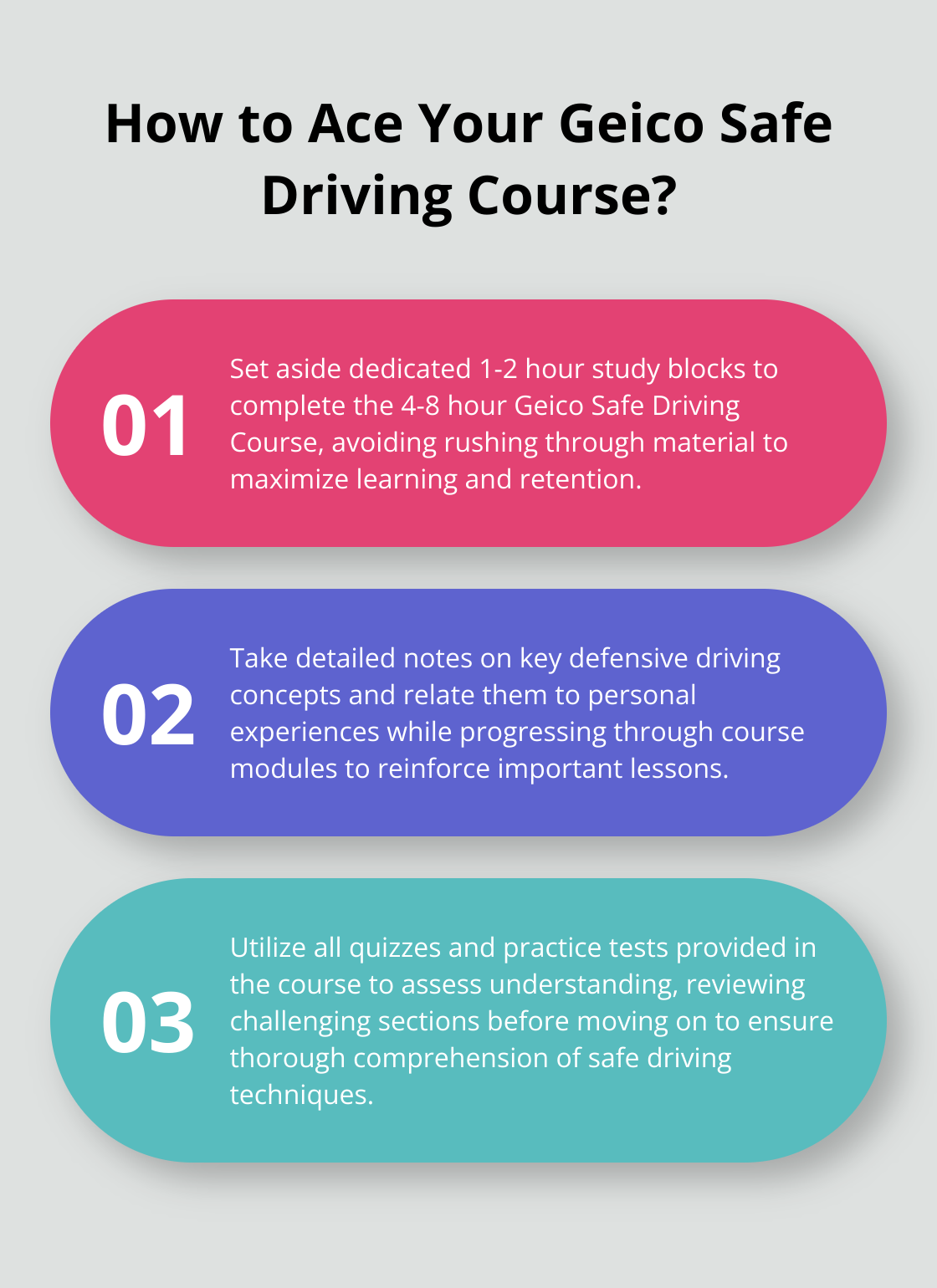
The benefits of completing a safe driving course extend beyond potential insurance discounts. Your improved skills contribute to overall road safety and can reduce your risk of accidents and traffic violations. The Geico Safe Driving Course online is an excellent resource, but it represents just one part of a comprehensive approach to becoming a safer driver.
At The Wiser Driver Driving School, we offer programs designed to complement your driving education. Our experienced instructors provide personalized lessons and defensive driving courses to help drivers improve their skills. We encourage you to explore additional training opportunities to further enhance your driving abilities and maintain a lifelong commitment to safe driving.



